Western USA Road Trip
I took a Western USA road trip with my cousin over the course of two weeks! It was amazing! We saw the Grand Canyon, walked on the sand dunes of White Sands National Park, visited Arches National Park and saw the beautiful fall colors in Colorado!
While my cousin and I drove from Florida, because 2020 really put a damper on plane travel, we’ll pick this road trip up from White Sands National Park in New Mexico. However, we’ll also review good cities to use as a launching pad for a Western USA road trip.
Our road trip can be a good template to use as you create your own itinerary. Whether you add time at the Grand Canyon or make Zion National Park part of your trip, I hope this post makes the planning easier!
You may also like:
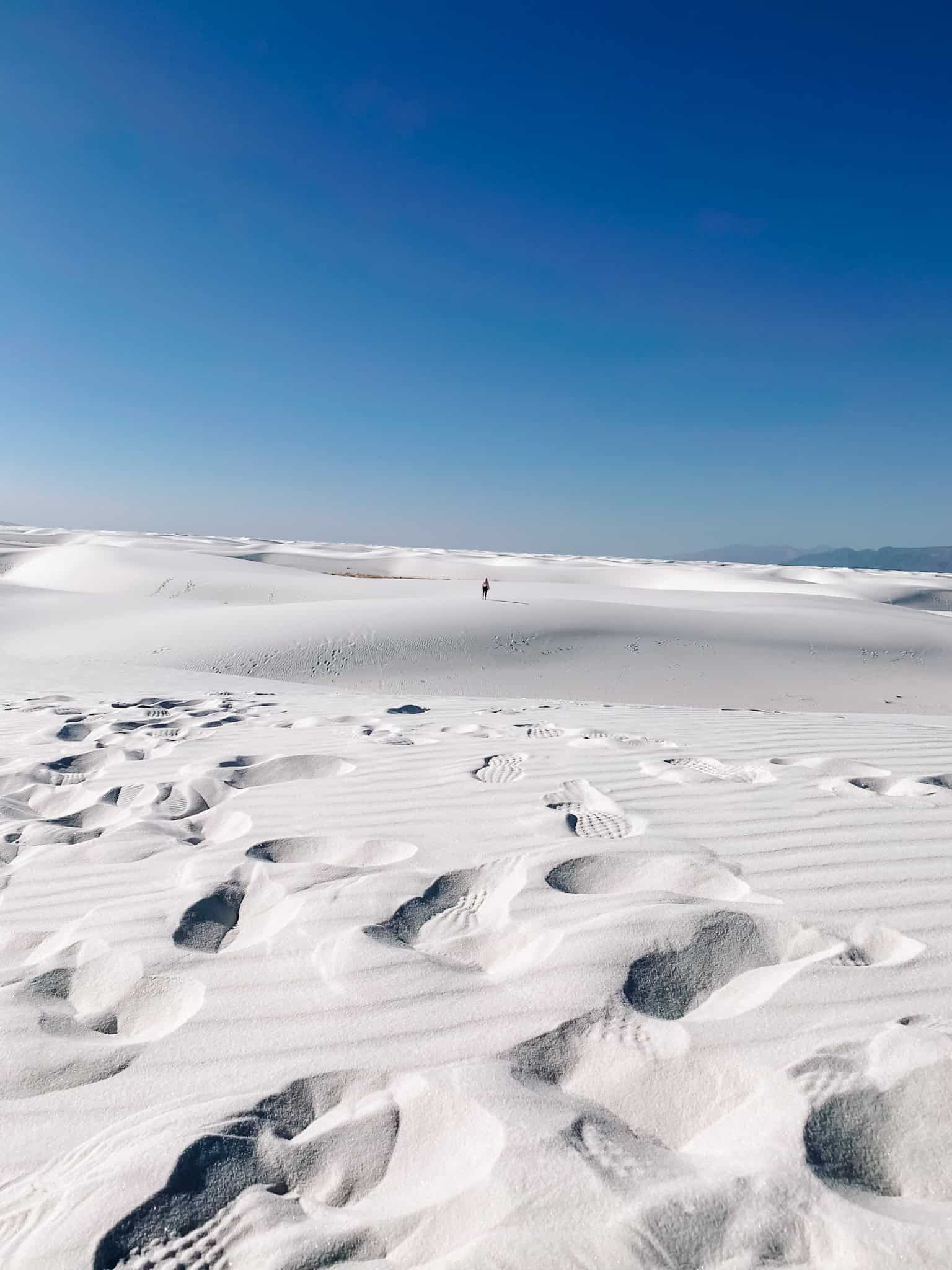
Before you dive in, I want to be transparent: this article includes affiliate links. This simply means that if you click on the link and make a purchase, I may earn a commission. Rest assured, the article includes my genuine advice and it won’t cost you anything extra. Your support is greatly appreciated. Happy reading!
Best Time of Year for a Western USA Road Trip
If you’ve been around this blog before, you probably already know I love shoulder season months! Less crowds, better weather (typically), and tends to be lower prices (though this isn’t as pronounced in rural America).
My cousin and I set out in late September and traveled into early October. It was a perfect time as families are settling back into a routine of work and school, offering less crowds overall!
Here’s a breakdown of advantages and disadvantages for each season to have a Western USA road trip!
Spring | March – May
Spring in the USA is a beautiful time, but definitely has more weather volatility in the Western side of the country.
March and early April bring Spring Break travelers, so you will see more crowds as well! Plus the weather tends to be more unpredictable.
May can be a good month when the weather will settle down more and there will be less crowds with kids still in school.
Advantages:
- Milder weather: Temperatures are generally comfortable, especially in places like Arches and the Grand Canyon, where the heat of summer hasn’t arrived yet.
- Fewer crowds: So you can enjoy the parks more peacefully. However, be aware that Spring Break will increase the crowds, though not to the level of Summer crowds.
- Blooming flora: Wildflowers start to bloom, adding extra vibrancy to landscapes like the desert and mountain areas.
- Lower prices: Many tourist accommodations and activities offer lower rates before peak summer season kicks in.
Disadvantages:
- Unpredictable weather: Spring weather can be quite variable, with the occasional rainstorm or cold snap.
- Limited services in some areas: Some higher-altitude parks (like parts of Colorado’s Rocky Mountains) may still have seasonal closures or limited access due to snow.
Summer | June – August
When Summer rolls in, I just want to be at the beach! National Parks in the desert is not on my agenda, especially when they are crowded with tourists!
If you are looking at Summer dates, consider early June since a large portion of the country will still be in school! This way you can enjoy the parks with less crowds and the scorching temperatures would not be a factor just yet.
July and August will see the most crowds! Plus it will be SO HOT! Sure, it’s a dry heat, but with no water in sight! Overall, I’d suggest avoiding these two months if you can, but the longer days are helpful and give you opportunity to avoid the midday sun!
Advantages:
- Extended daylight: Longer days mean more time for sightseeing and activities in parks like Arches or White Sands, where the sun sets late.
- All facilities open: Most parks, lodgings, and services are fully operational, providing ample opportunities for tours, ranger programs, and guided hikes.
- Peak desert views: The unique desert landscapes, like those in White Sands and the Grand Canyon, have their own appeal in the heat of summer.
Disadvantages:
- Heat: Some areas, especially the Grand Canyon and desert parks, can get extremely hot (over 100°F/38°C), making outdoor activities uncomfortable or even dangerous.
- Crowds and higher prices: Expect large crowds at major tourist sites and significantly higher hotel rates during the summer months.
- Difficulty finding solitude: Popular spots like Arches and the Grand Canyon can feel crowded, especially at iconic viewpoints like Delicate Arch or the South Rim.
 Fall | September – November
Fall | September – November
Similar to May, September and October are some of my favorite months for travel! The weather is beautiful, there are way less people and the prices tend to be lower!
Of course, Fall also includes late October into November when the temperatures start to drop and you could end up with a random snowstorm!
My cousin and I traveled late September and early October and the weather was amazing! It was warm during the day and cool in the evenings. The Fall foliage in Colorado was gorgeous and overall nothing felt crowded!
Advantages:
- Beautiful fall foliage: In areas like Colorado and the canyons of Utah, the changing leaves provide vibrant landscapes for hiking and photography.
- Milder temperatures: The weather is generally pleasant for hiking and sightseeing, with cooler temperatures after the heat of summer but before the chill of winter.
- Fewer tourists: Crowds start to thin out, so you can explore popular parks like the Grand Canyon and Arches without the summer rush.
- Lower prices: Similar to spring, off-season rates start to kick in for lodging and activities.
Disadvantages:
- Unpredictable weather: The transition into winter can mean cooler, unpredictable weather, especially in the mountains or higher elevations. Overall though, this is especially true for late October and November.
- Shorter days: With the shortening daylight, you’ll have less time to explore in the evening, which can limit some scenic drives or hikes.
Winter | December – February
As an island born, Florida raised girl, cold weather and I are only now learning how to deal with each other. Yet, as I write this Florida is experiencing a cold front and I’m inside with the heater on and wrapped in a blanket.
Of course, my Christmas Market trip to Montreal and Quebec City in December showed me that if I dress correctly, I’ll not only survive but thrive!
If you’re a cold weather person, you might love the Winter! Just be strategic as you will likely need snow tires on the vehicle and some roads may be closed!
Advantages:
- Peace and solitude: Most parks, including the Grand Canyon and Arches, are much less crowded during winter, allowing for quiet experiences in nature.
- Snow-capped beauty: Snow adds a dramatic touch to landscapes, particularly at the Grand Canyon or in the higher altitudes of Colorado.
- Lower prices: Winter is off-peak, so you’ll find discounted rates on accommodations and fewer tourists, meaning less competition for scenic spots.
- Great for winter sports: In places like Colorado, winter is prime time for skiing and snowboarding.
Disadvantages:
- Cold temperatures: Winter temperatures can be harsh, especially in the Grand Canyon’s rim or in Colorado’s mountainous areas. Some trails may be inaccessible due to snow or ice.
- Limited access: Some parks or roads, such as those in higher elevations, may be closed or have restricted access due to snow and weather conditions.
- Shorter days: The days are significantly shorter, limiting how much you can explore.
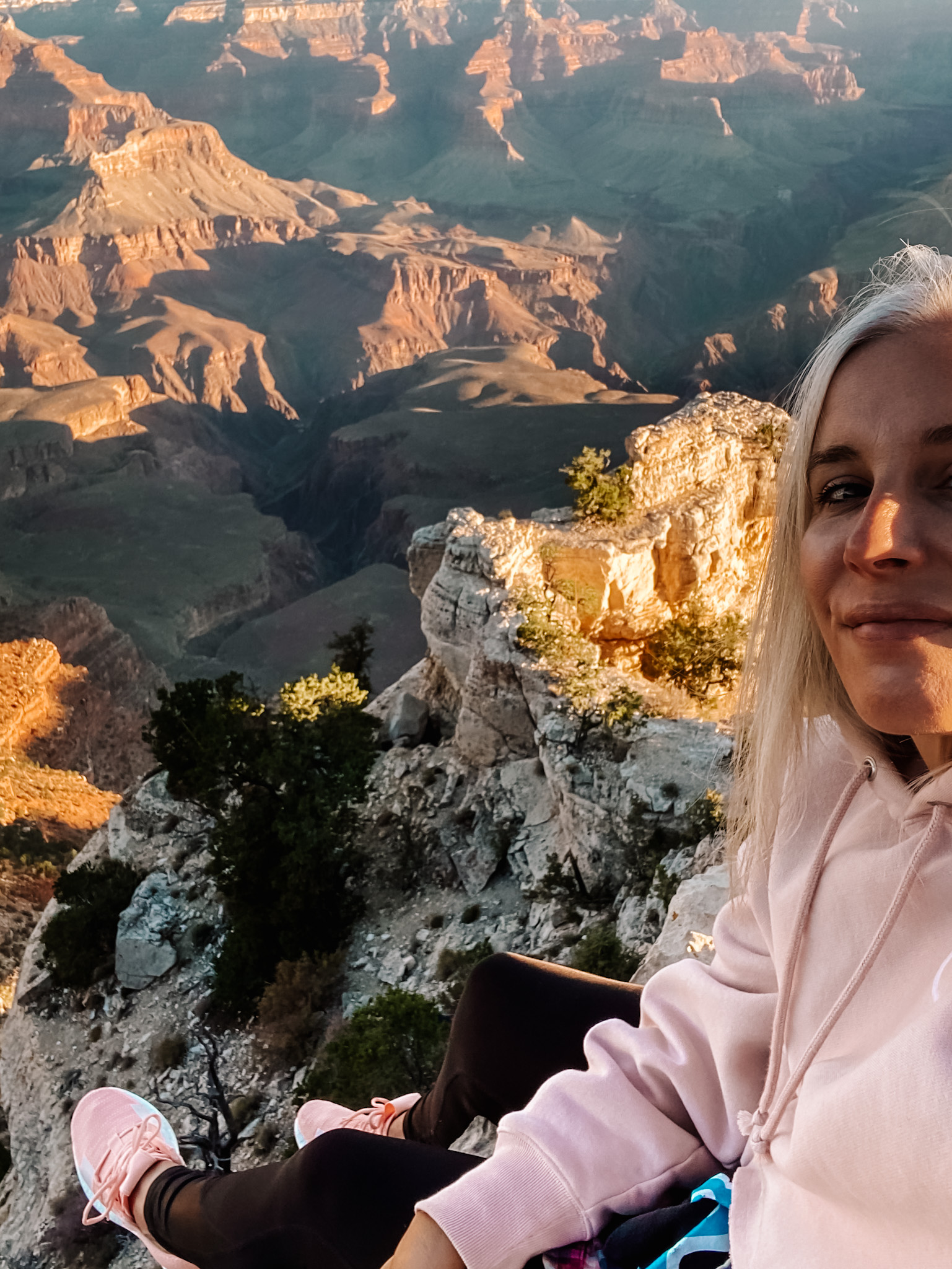
Where to Start and End Your Western USA Road Trip
Now that we’ve covered the various times of year, let’s talk about where to start and end your Western USA road trip!
My cousin and I drove from Florida, but I won’t be covering the initial driving days. One reason is the Grand Canyon was one of our biggest focuses. Two, we did make a half day stop in New Orleans, and spent a day in Austin, but overall we just did a lot of driving.
Now that plane travel is easy again, let’s talk about places you can easily start and end your road trip.
Starting and Ending in Different Cities
If you don’t want to create a circle for your Western USA Road Trip, you can elect to start and end in different cities. While I think this can be a nice advantage in various regions of the country, the Western USA has a lot on offer, making either option appealing!
The clear disadvantage for this option is paying more for your car rental to drop off in a different location. For vehicles, this price can be quite high. However, if you’re renting a camper van, this may not even be an option depending on the company you choose.
The options are endless, but here are a couple routes to consider that I think would be easy starting and ending points.
Phoenix to Denver
With this route, hitting the White Sands National Park may be too out of the way, which I have to say was a highlight for me, and some of the Colorado mountain towns might have to be traded out. However, you WILL get a lot of great other destinations!
Additionally, both cities are easy to fly into or out of, making this a great option price wise. Also, with both of these cities being popular for camper vans, you could probably find a company that allows pickup and dropoff in each these cities.
Destination Highlights Could Include: Sedona, Grand Canyon, Horseshoe Bend, Antelope Canyon, Monument Valley, Arches National Park, Aspen and/or Breckenridge, Colorado.
Las Vegas to San Francisco
Now my suggested stops is one of many possibilities, but you can tailor your trip however you’d like! Both are major hubs, making flying in and out very easy!
If you’d prefer to start and end in Las Vegas, Yosemite is about 7 to 8 hours drive away, making a circular road trip an option! Consider adding in 2 days in San Francisco to your trip, if you’ve never been!
While I did Yosemite National Park on a 2 week California road trip, this road trip itinerary really packs in a lot of amazing national parks including Zion National Park, which I’ve heard is stunning!
My suggested itinerary over two weeks heads toward the Grand Canyon then onto Utah, before heading west to San Francisco.
Destination Highlights Could Include: Grand Canyon, Horseshoe Bend, Antelope Canyon, Zion National Park, Bryce Canyon, Meadow Hot Spring, Bonneville Salt Flats, Lake Tahoe, and Yosemite National Park.
Starting and Ending in the Same City
The Western USA road trip itinerary in this post is conducive for starting and ending in the same city. While we didn’t quite make a circle, we almost did and it would be very easy to close it out with our itinerary.
Overall, starting and ending in the same city can be more cost effective as well and would be easier from a planning standpoint.
I’m basing the stops on a two week Western USA road trip, but you can tailor these to fit your schedule. Some stops won’t need long and others, like Zion or the Grand Canyon should include at least a couple days!
Let’s review a couple options to consider for starting and ending in the same city.
Phoenix, Arizona
If you want to hit all the same spots we hit, then this city is a great starting and endpoint for your Western USA road trip! It’s a major city, so you should be able to get a decent flight and whether you want a car rental or camper van, you shouldn’t have an issue finding options here!
While my cousin and I did not go to Phoenix, it’s a top contender for this route! White Sands National Park is a little out of the way, but it is possible to add it!
Road Trip Highlights Could Include: Grand Canyon, Horseshoe Bend, Antelope Canyon, Monument Valley, Arches National Park, Telluride, Million Dollar Highway, Durango, Albuquerque and White Sands National Park.
Denver, Colorado
Denver is another great city to start and end from! I have made a couple swaps for this route.
One swap is White Sands National Park for Great Sand Dunes National Park! While I haven’t been to Great Sand Dunes, my cousin has and overall I think it would deliver a similar experience.
Denver is a very easy city to fly into and out of and is also surrounded by beautiful mountain towns!
This route includes 30 hours of total driving, but there are tons of stops that can be made along the way to break it up! Of course, if you don’t have two weeks, you can simply cut things out to fit it into your time frame.
Road Trip Highlights Could Include: Denver, Colorado Springs, Great Sand Dunes National Park, Durango, Monument Valley, Grand Canyon National Park, Antelope Canyon, Horseshoe Bend, Zion National Park, Bryce Canyon National Park, Arches National Park, and Aspen, Colorado.
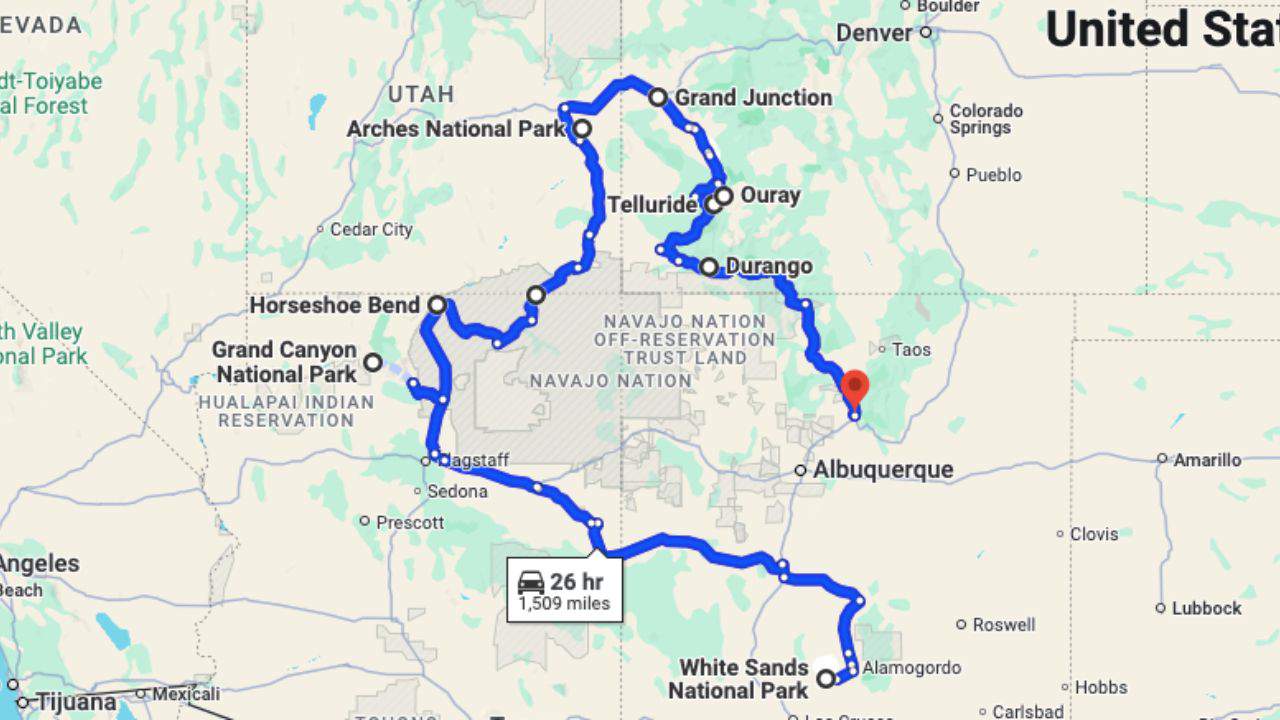
Two Week Western USA Road Trip Itinerary
While my cousin and I drove from central Florida, we’re going to pick this road trip up in the West. The road trip really got interesting once we hit New Mexico, so that’s where we’ll start.
New Orleans and Austin were great stops, but they aren’t in the Western USA and now that flying is an option again, I’d be more inclined to fly and rent a vehicle.
We were in White Sands National Park on September 28th and circled around to be in Santa Fe, New Mexico on October 9th. Since we had the drive from Florida, I’ll give some suggestions for those extra couple of days to cover a full two week road trip!
It’s also worth noting we stayed in Durango for several days, visiting my cousin. One suggestion for those extra days would be spending a couple at Zion National Park!
Of course, you can just use our time frames as a reference and create your own amazing itinerary!
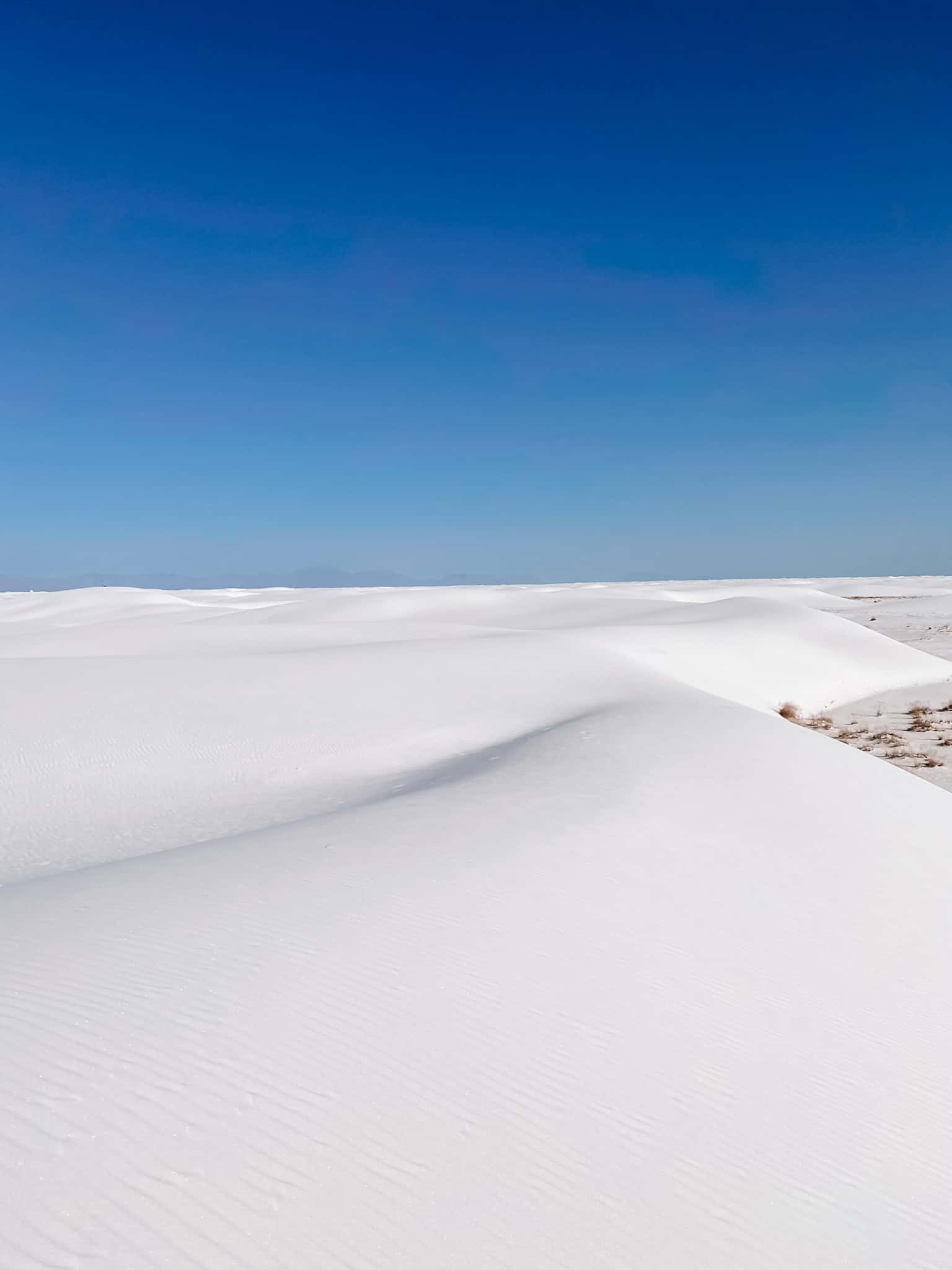
White Sands National Park | New Mexico
We had made it to the area the night before and woke up early to visit White Sands National Park. The temperature was quite cold in the morning, but warmed up by midday.
There were not a lot of people in the park, which allowed us to take in the expansive sand dunes! We were never able to secure a sled of sorts to slide down the sand dunes, but my cousin and I had a great time taking in the views and snapping photos!
We spent several hours at the park, but you can take a picnic lunch and enjoy it longer. If you go during the summer, I’d suggest avoiding the middle of the day heat!
There is nothing right near the entrance of the park, so you will have to drive about 15 minutes up the road for food. It’s not bad, but worth noting!
The cost to visit is $25 per vehicle, but if you plan to visit more than three National Parks on your trip, or will visit more than three for the year, then buy a yearly pass to all National Parks for $80.
Where to Stay at White Sands National Park
Alamogordo is just under twenty minutes from White Sands National Park. You won’t really find anything fancy nearby, but here are few options to consider that have good reviews.
*Prices are estimates and subject to change.
15 Minutes by Car – The Classic Desert Aire Hotel | Under $100
43 Minutes by Car – The Cabins At Cloudcroft | Under $150
20 Minutes by Car – Tavares Inn B&B | Under $150
16 Minutes by Car – Holiday Inn Express and Suites Alamogordo | Under $140
Western USA Road Trip Tip: While I loved this National Park, it might be out of the way and may not work well for your trip. Depending on the route you choose, you might consider Great Sand Dunes National Park which is just under four hours south of Denver.
Another option is to add more days to the Grand Canyon, or add in Zion National Park, which I’ve heard is beautiful!
Grand Canyon National Park | Arizona
After the morning in White Sands, we drove toward the Grand Canyon in Arizona. The drive from White Sands National Park to the Grand Canyon is about 8.5 hours. We did most of the drive that day, but completed it the next.
We arrived to the Grand Canyon late morning, and started with one of the main viewpoints. While we walked around and explored, we decided to book a helicopter ride to enjoy the grandeur of this National Park!
The helicopter ride was booked for later that afternoon, so my cousin and I checked into our hotel just outside the park. There are limited options and hotels in and by the park, and they are inflated in price! However, we knew we wanted to see the sunrise, so staying 90 minutes away in Flagstaff wasn’t worth it to us.
 Helicopter Ride
Helicopter Ride
The helicopter ride isn’t cheap, but it was worth it because we wanted to experience as much as possible in two days. The views from the helicopter are amazing as you can really see the expansiveness of the Grand Canyon!
After the helicopter ride, we made our way back into the park and continued admiring the Grand Canyon from various viewpoints.
 Sunset
Sunset
The Grand Canyon Visitor Center has a sign telling you where to go for sunrise and sunset. They suggest Yavapai Point, Lipan Point, and Hopi Point. We ended up Mojave Point just passed Hopi Point and it was perfect for the sunset! I’m not sure how we got that tip, but the views were beautiful!
If you’re short on time overall, or simply enjoy tours, the below is highly rated! You can also elect to do the sunset version of the tour.
 Sunrise
Sunrise
We woke up early before the Starbucks was even open, so we grabbed coffee from the hotel and made our way back into the park. The sign we saw outside the Visitor Center suggested Yavapai Point, Mather Point, and Navajo Point to catch the sunrise.
We ended up at Mather Point, which is just behind the Visitor Center. While there were plenty of other people, we still found an area to ourselves. This was likely due to the time of year, so if it is busy in the park, you might want to consider the other two viewpoints.
 Bike Rental
Bike Rental
My cousin was training for something and decided to run 13 miles. I opted to rent a bike instead! This was easy to do from the Visitor Center area and there is plenty of bike paths to explore and take in the views!
Where to Stay at the Grand Canyon
You can stay inside the park or just outside the park if you plan to be there a couple days! This will save you the 90 minutes of drive time from Flagstaff.
My cousin and I stayed just outside the park at the Holiday Inn. The prices are very inflated as you will have limited options! If you want to save money, you will need to go to Flagstaff.
We also didn’t book in advance! This will definitely impact availability and pricing. If you want to stay inside the park, be sure to book in advance!
Driving times are to the Visitor Center.
*Prices are estimates and subject to change.
14 Minutes – Holiday Inn Express and Suites Grand Canyon | Approximately $300
9 Minutes – Bright Angel Lodge And Cabins | Approximately $300
14 Minutes – Red Feather Lodge | Under $250
11 Minutes – El Tovar Hotel | Under $500
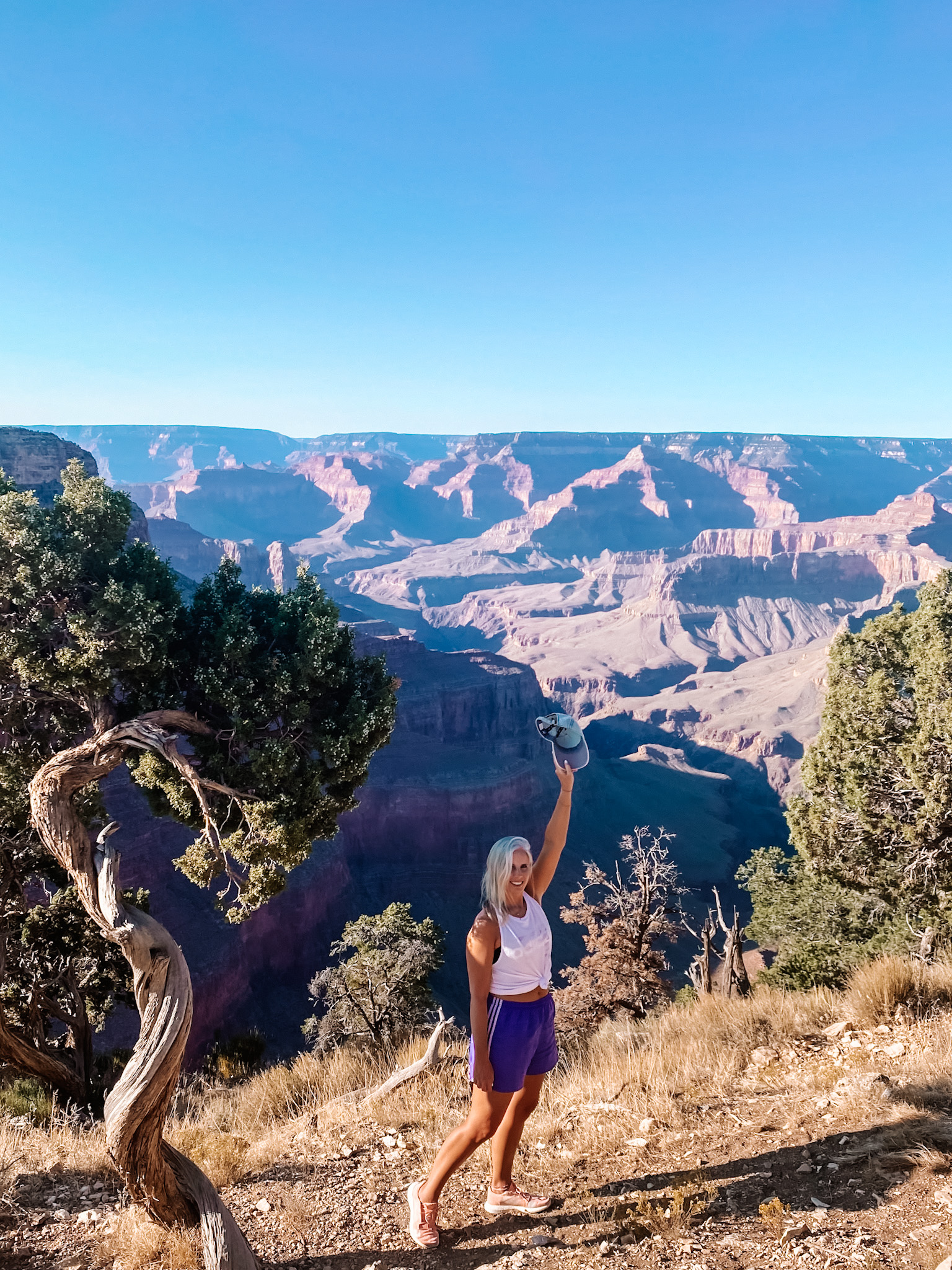
 Horseshoe Bend | Arizona
Horseshoe Bend | Arizona
From the Grand Canyon we headed to Horseshoe Bend, which is about 2.5 hours. We did make a short stop in Flagstaff for a bite to eat before heading on.
The parking at Horseshoe Bend is straightforward. There is a fee to park as the parking lot is on city land, so the National Park Pass will not work. For a personal vehicle it’s about $10 to park, but check their website for up to date pricing information.
From the parking lot to Horseshoe Bend is a relatively short walk. You can wander around and take photos like we did. See the beauty of this wonder from many different angles.
Overall, this is a short visit, but you can add a tour of Lake Powell to your day!
 Antelope Canyon | Arizona
Antelope Canyon | Arizona
Overall, Horseshoe Bend is a relatively short stop, and we were not able to do Antelope Canyon. It was 2020, and Antelope Canyon is owned by the Navajo Nation so they had remain closed much longer.
This is completely understandable, but it meant we couldn’t visit. However, it looks amazing and is right next (12 minutes drive) to Horseshoe Bend!
According to their site, you must pre-book a tour as you cannot visit without a tour guide! While I haven’t done this, I know people who have and they loved it!
If you’re going to be in this area, plan for this! You can book a tour for Upper or Lower Antelope Canyon.
Lower Antelope Canyon Hiking Tour
Where to Stay in Page, Arizona
If you are able to do both sights, then you might want to overnight in Page. Another option would be to drive to Monument Valley which will take less than two hours and stay there.
Page has a lot of options, but the prices can be surprising! Even the Motel 6 is $100 per night! The below two options are highly rated and would likely require advance booking.
*Prices are estimates and subject to change.
The Bear’s Den B&B | Under $200
Shash Dine’ Eco-Retreat, A Glamping Hotel | Under $200
Fork in the Road for Your Western USA Road Trip
My cousin and I turned toward Oljato-Monument Valley, as we would be spending a few days in Durango, Colorado with her sister (my other cousin). However, we’ve heard amazing things about Zion National Park, so I’d recommend heading to Zion.
I’ll review both options and you can decide what will ultimately work best for you.
 Oljato-Monument Valley | Arizona
Oljato-Monument Valley | Arizona
In less than two hours from Antelope Canyon, you will be in Oljato-Monument Valley. We stayed on the main road of 163, but there is a scenic drive.
The reviews state the scenic drive is rough, so you might want to book a 4×4 tour! If you want to see the stretch of road made famous in Forest Gump, it’s along the main road!
2.5 Hours of Monument Valley’s Backcountry 4×4 Tour
Where to Stay in Oljato-Monument Valley
Unless you plan to do a tour, you may just drive through. The View Hotel does look like a great stay, but it will cost you! However, if you drove here after Antelope Canyon in time for the sunset, you would get to experience both the sunset and sunrise if you stayed in this area!
*Prices are estimates and subject to change.
The View Hotel | Under $500
Goulding’s Lodge and Campground | Under $350
Desert Rose Resort and Cabins | Under $300
Mokee Motel | Under $150
 Zion National Park | Utah
Zion National Park | Utah
Even though my cousin and I couldn’t fit Zion National Park into our itinerary, I absolutely think it’s worth visiting! We had allotted a few days to be in Durango with my other cousin, so we couldn’t really add Zion.
The landscape is quite diverse! East Zion Crimson Canyon looks to be a similar experience as Antelope Canyon, so you may even consider heading straight here from the Grand Canyon.
However, if you take the quickest route from the Grand Canyon, you will be passing Horseshoe Bend and Antelope Canyon regardless. I recommend at least stopping at Horseshoe Bend on the way, or planning for both if you back track to this area and then onto Monument Valley.
Drive time from the Grand Canyon: 4 hours
Drive time from Antelope Canyon: 2 hours
Similar to the Grand Canyon, you can really spend some time here exploring! I’d plan for at least a couple days to explore this National Park. Consider a tour or two if you want to maximize your time.
Small-Group East Zion White Mountain Horseback Ride
The Narrows: Zion National Park Private Guided Hike
East Zion Crimson Canyon Hike and UTV Adventure
Where to Stay in Zion National Park
My cousin and I never book too far in advance on our road trip. However, if you want to stay somewhere specific, I’d definitely recommend booking in advance.
Also, depending on the time of year you plan to be at the park, you may need to book in advance!
*Prices are estimates and subject to change.
Glamping | Under Canvas Zion | Approximately $300
4 Stars | Cliffrose Springdale, Curio Collection By Hilton | Under $400
3 Stars | Best Western East Zion Thunderbird Lodge | Under $150
Camping | Zion View Camping | Under $100
Bryce Canyon | Utah
We also didn’t do Bryce Canyon, but if you do Zion National Park, you can hit Bryce Canyon on the way to Arches National Park.
Bryce Canyon National Park is about an hour and forty-five minutes from Zion. Then Moab, Utah where Arches National Park is located is a little over four hours from Bryce Canyon.
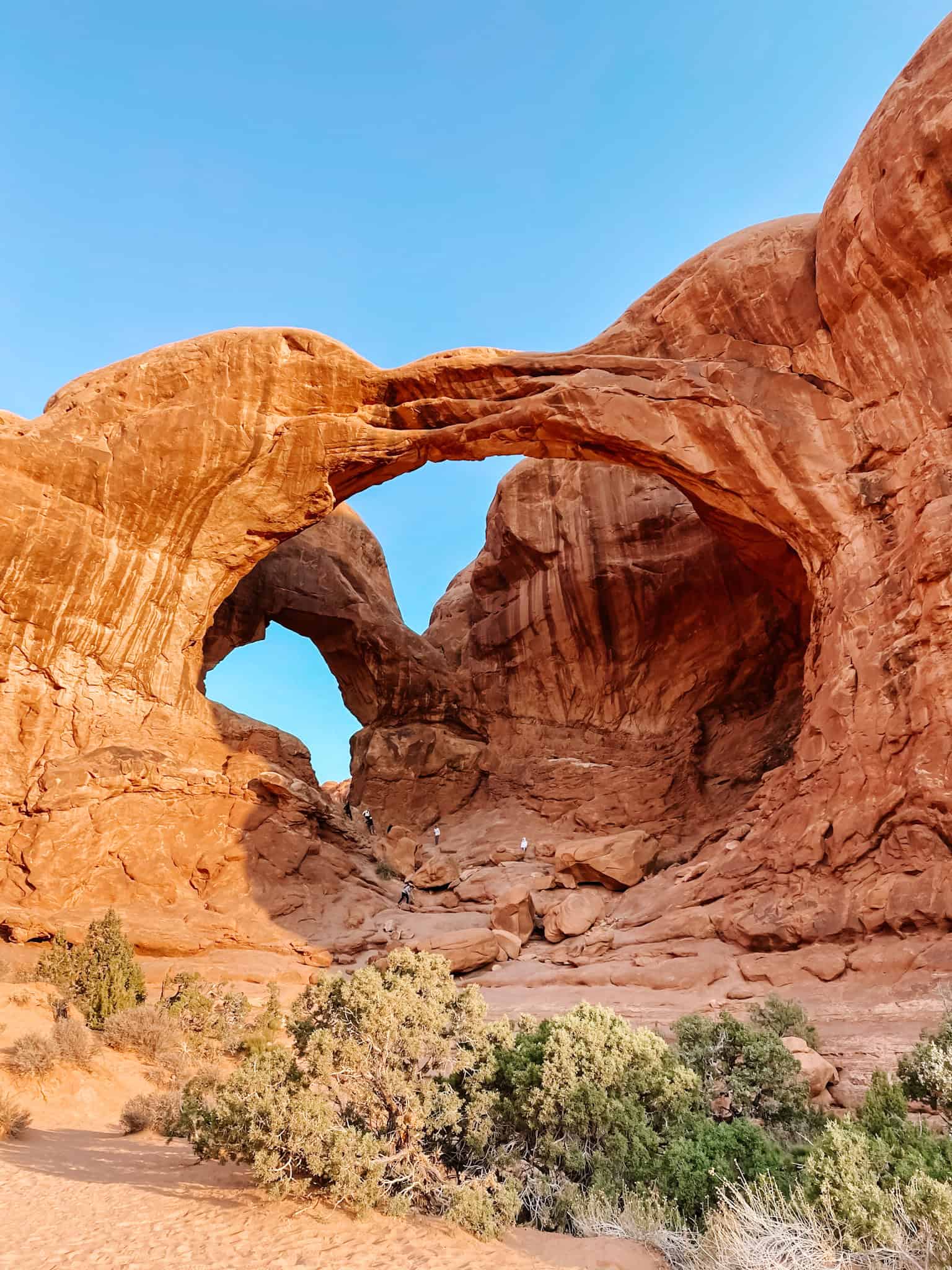
 Arches National Park | Utah
Arches National Park | Utah
My cousin and rolled into Moab, Utah on the evening after Horseshoe Bend and a drive through Monument Valley. The total amount of driving that day was about 7 hours.
The next day we spent exploring Arches National Park. Most of the exploration involved driving then hiking, then driving to the next area and hiking, but this park is beautiful!
Again, with it being early October, the crowds weren’t bad.
Where to Stay in Moab, Utah
As I stated before, we booked as we went, but I was not expecting the prices we encountered in Moab! Part of the inflated pricing was due to the fact we had arrived on the weekend, but seeing Motel 6 cost over $200 was astonishing!
We noticed a sign for a hostel and turned in there. They actually had room for us and since we’d only be there for one night, we took it. Based on the crazy prices we saw, I’d avoid the weekend if possible, or at least book in advance!
*Prices are estimates and subject to change.
Hyatt Place Moab | Under $400
Best Western Plus Canyonlands Inn | Under $300
Aarchway Inn | Under $200
 Telluride | Colorado
Telluride | Colorado
I don’t quite remember why we chose to head toward Grand Junction, Colorado and then down to Ridgeway, but there is a more direct route to Telluride from Moab. However, one way is showing just over three hours and the other under three hours, so traffic could have played a part in our decision.
While we did stop at some hot springs near Ridgeway, and accommodation is probably more affordable there, I definitely loved our stop in Telluride! So however you go about it, I think this ski town is worth a visit!
The trees were a beautiful Fall yellow and the ski lift took us up to stunning views! Additionally, the town is super cute, though it does have a resort town feel.
We spent several hours exploring and walking around the town, but it’s worth noting this town is tucked away and will require some backtracking.
 Ouray | Colorado
Ouray | Colorado
From Telluride to the Million Dollar Highway, you will pass through Ouray! It’s only about an hour from Telluride and it’s another cute town in the mountains of Colorado!
You can have lunch in the town, which is what we did. However, if you have more time, you can stop at Box Cañon Falls Park.
 Million Dollar Highway | Colorado
Million Dollar Highway | Colorado
We were heading to Durango to stay at my other cousin’s house, so we didn’t stay long in Ouray. My cousin wasn’t feeling well. We’re pretty sure it was some type of altitude sickness intensified from the workouts or the hot springs.
So I drove us down Million Dollar Highway and it was breathtaking! The drive from Ouray to Durango, Colorado takes under two hours and it’s definitely worth being awake!
Durango | Colorado
We stayed in Durango for several days to spend time with my cousin. Durango is a small town in the Southern part of Colorado.
The downtown is super cute! As a whole, Durango has a very artsy, outdoorsy personality which I loved!
Besides enjoying the downtown area, we also took a day trip to Mesa Verde National Park. The park is so interesting and the old cliff dwellings are worth seeing if this is possible to add to your Western USA road trip. It’s about forty minutes from Durango.
Mesa Verde National Park Highlights Tour
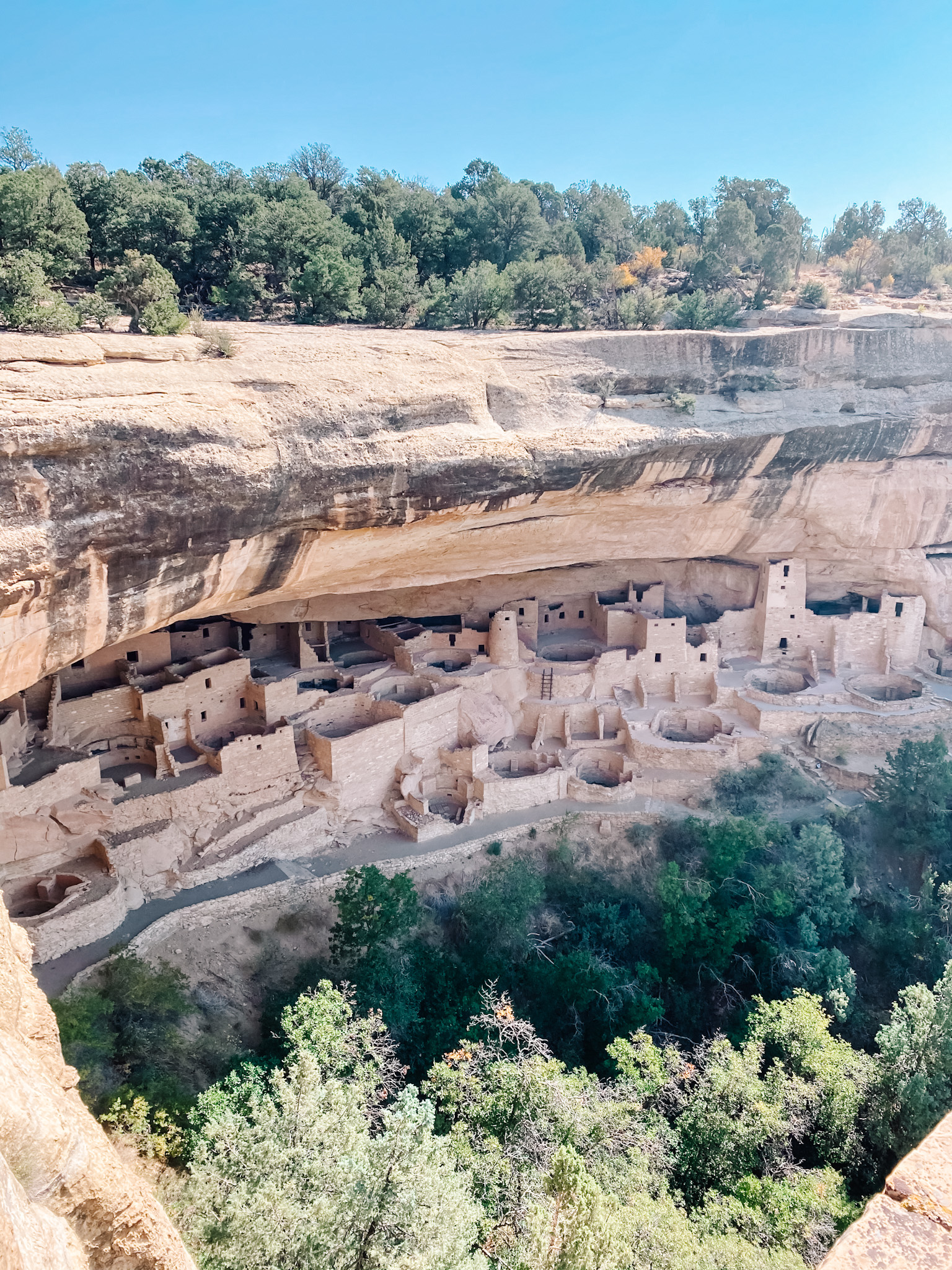 Another popular thing to do in Durango is the train journey. I haven’t done this myself as my cousins had and it seems like a one and done activity. The next time I visit my cousin, I’ll do this and update this post. It is a popular historical experience and worth considering.
Another popular thing to do in Durango is the train journey. I haven’t done this myself as my cousins had and it seems like a one and done activity. The next time I visit my cousin, I’ll do this and update this post. It is a popular historical experience and worth considering.
Of course, Durango is a popular ski town with lots of outdoor activities and serves as a great base for the San Juan National Forest.
Where to Stay in Durango, Colorado
We stayed with family, but if you decide to stay in Durango, consider somewhere in town or find a mountain retreat!
Historical | Strater Hotel | Under $200
Blue Lake Ranch | Under $250
Sante Fe | New Mexico
As my cousin and I left Durango, our last stop in the Western United States was Sante Fe, New Mexico. It’s only about four hours from Durango, but so is Albuquerque! I’ll review both cities, so you can decide which one is best for your road trip!
As we headed to Santa Fe on highway 84, we actually stopped to take photos at Echo Campground. The landscape was otherworldly. If you are camping on your Western road trip, this may be worth considering!
 We started by exploring downtown Santa Fe, which definitely embraces the Western desert persona you’d expect. After several hours wondering around the shops and sights of downtown, we went in search of sunset views.
We started by exploring downtown Santa Fe, which definitely embraces the Western desert persona you’d expect. After several hours wondering around the shops and sights of downtown, we went in search of sunset views.
To catch the setting sun, we made our way to Cross of the Martyrs. While we weren’t the only ones with this idea, it wasn’t too crowded. However, we didn’t stay for the full sunset.
Instead we made our way to Santa Fe Railyard Arts District. It was a cool area, and I would imagine much busier these days, but it wasn’t busy at all for a Friday night when we visited!
We did overnight in Santa Fe, but left after breakfast the next day.
Where to Stay in Santa Fe, New Mexico
*Prices are estimates and subject to change.
La Fonda on the Plaza | Under $300
Coyote South | Under $100
 Albuquerque | New Mexico
Albuquerque | New Mexico
While Albuquerque and Santa Fe are about the same drive time from Durango, we opted for Santa Fe since it flowed better for our drive back to Florida. However, had the hot air balloon festival been held that year, we would have absolutely gone to Albuquerque!
The Hot Air Balloon Festival takes place around the second week in October, so if you’re planning a Fall Western USA road trip, then I’d definitely suggest making this part of your itinerary!
Of course, you can do a hot air balloon in Albuquerque any time! I did a hot air balloon ride in Mexico City and I ten of ten recommend! Should I ever make it to this part of New Mexico, a hot air balloon ride in Albuquerque will definitely be on my agenda!
Some other things I had bookmarked for Albuquerque in case we did end up there was Sandia Peak Tramway, Old Town Plaza, and for some historic Route 66 charm, head to the area called Nob Hill.
Western USA Road Trip Note: If you are flying into a city to complete a circle, then White Sands National Park is about 3.5 hours from Albuquerque. From White Sands National Park to Phoenix is 6.5 hours.
Where to Stay in Albuquerque, New Mexico
*Prices are estimates and subject to change.
Hotel Albuquerque at Old Town | Under $300
The Clyde Hotel | Under $150
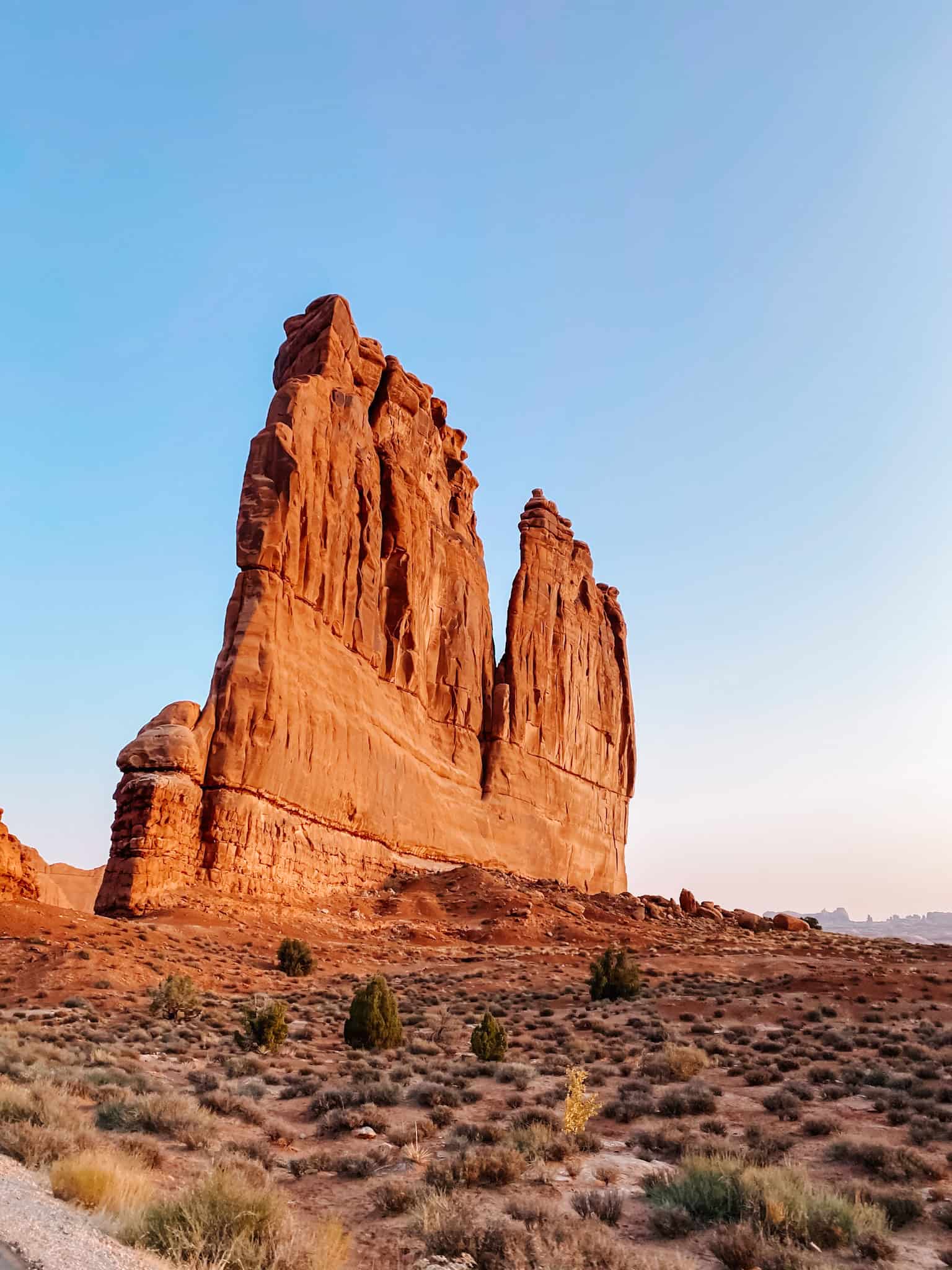
Western USA Road Trip 2 Weeks Itinerary
I hope this travel guide was helpful in planning your Western USA road trip! The United States really has so much to offer and if you have the opportunity, the Western USA has many beautiful offerings!
With whatever itinerary you create, I hope you have the best Western USA road trip!
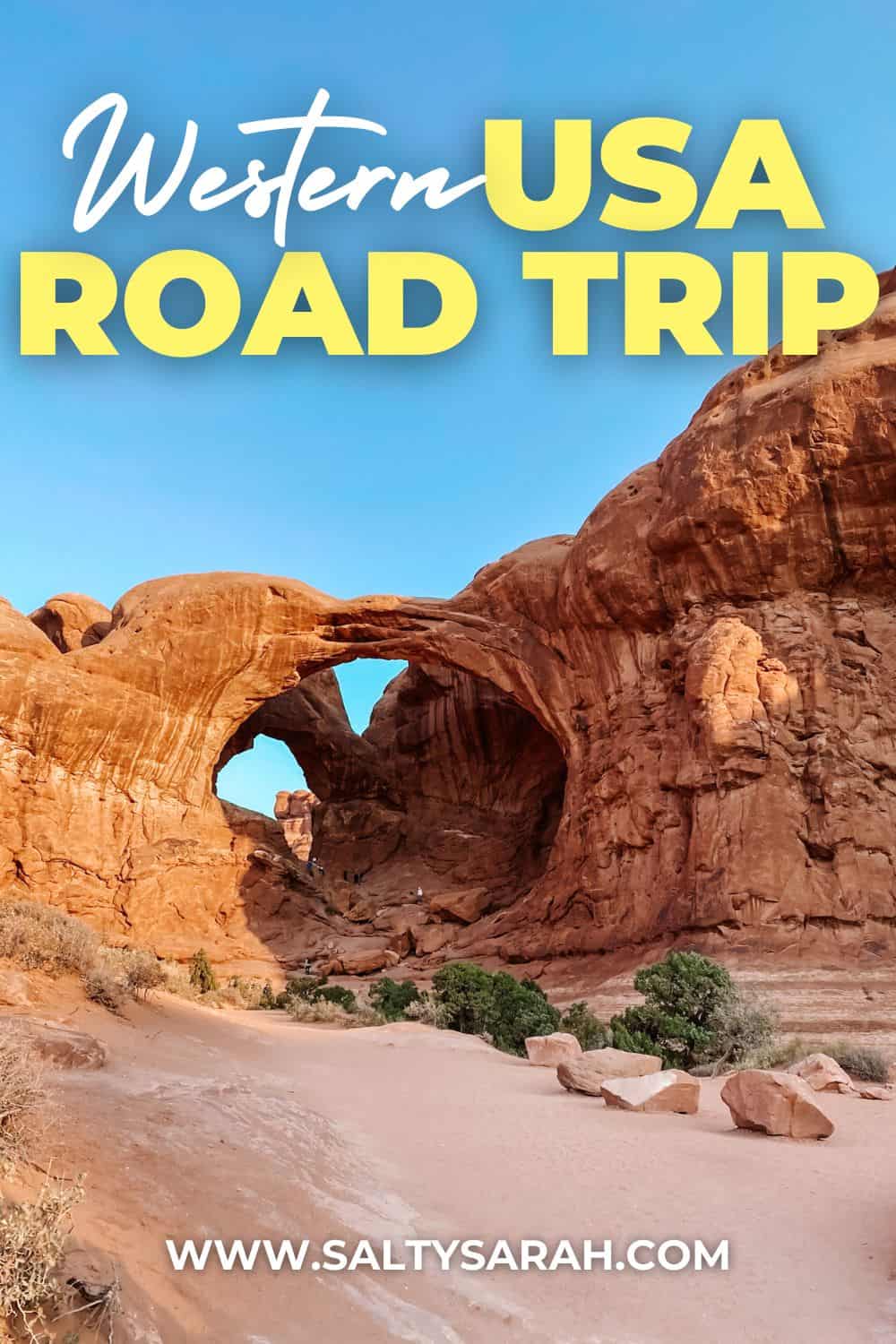

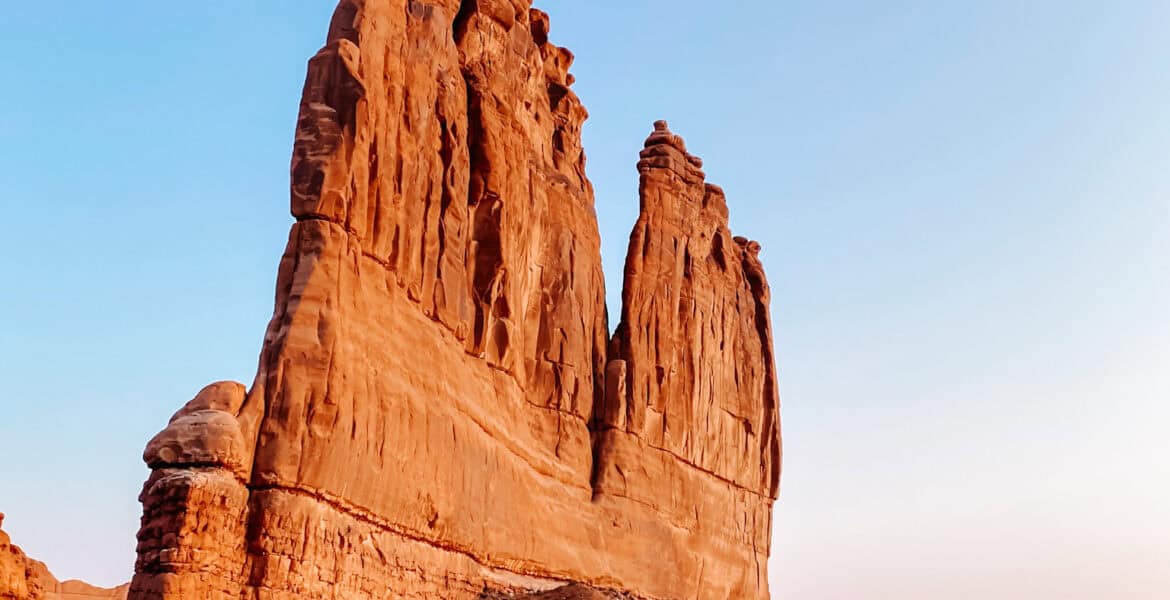

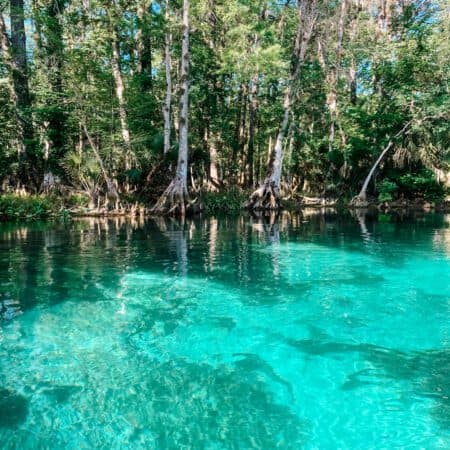
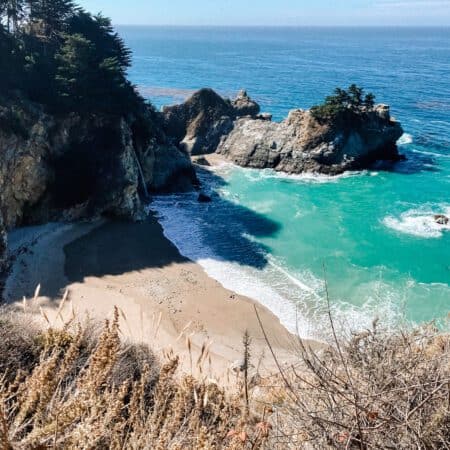
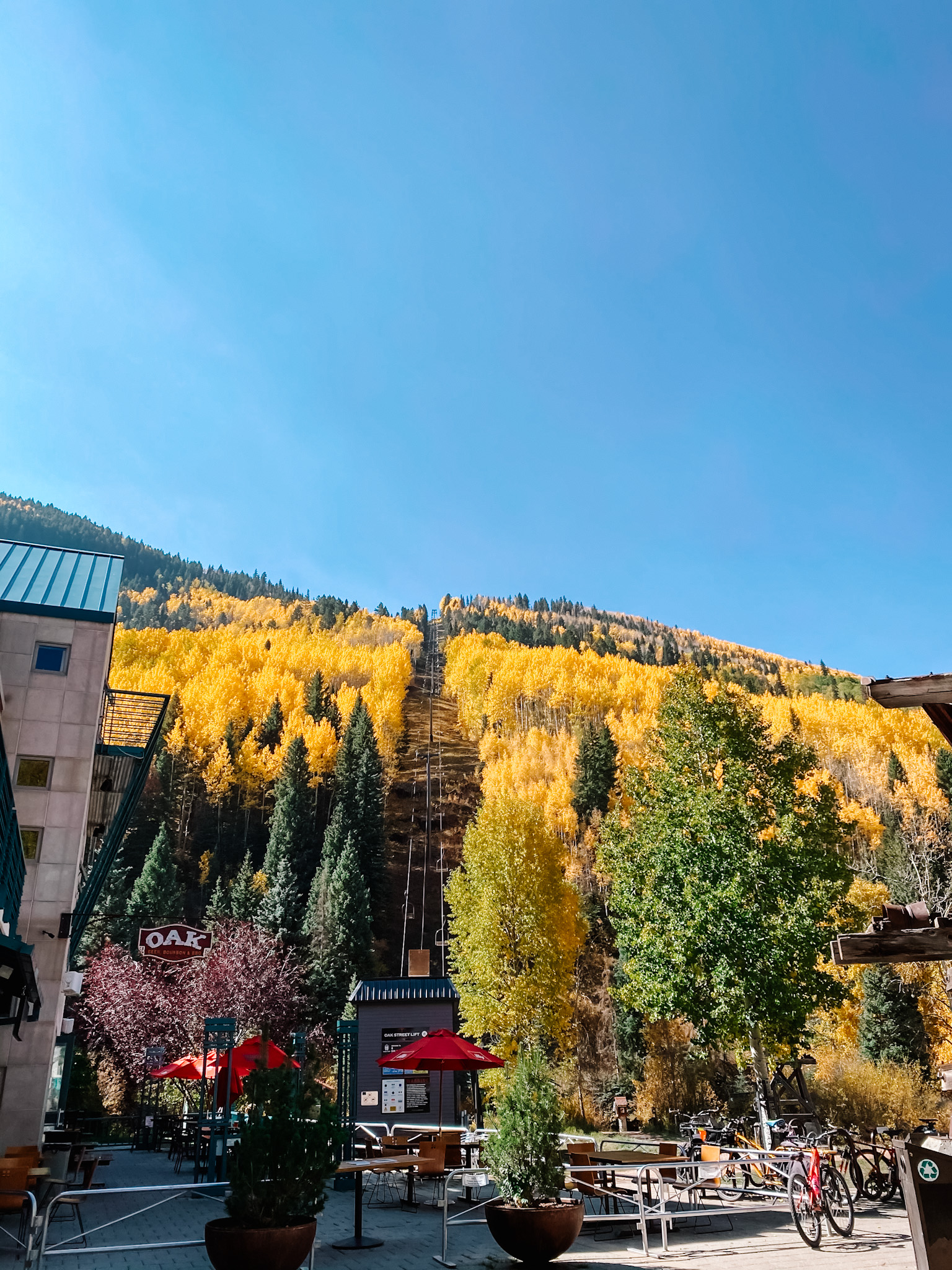 Fall | September – November
Fall | September – November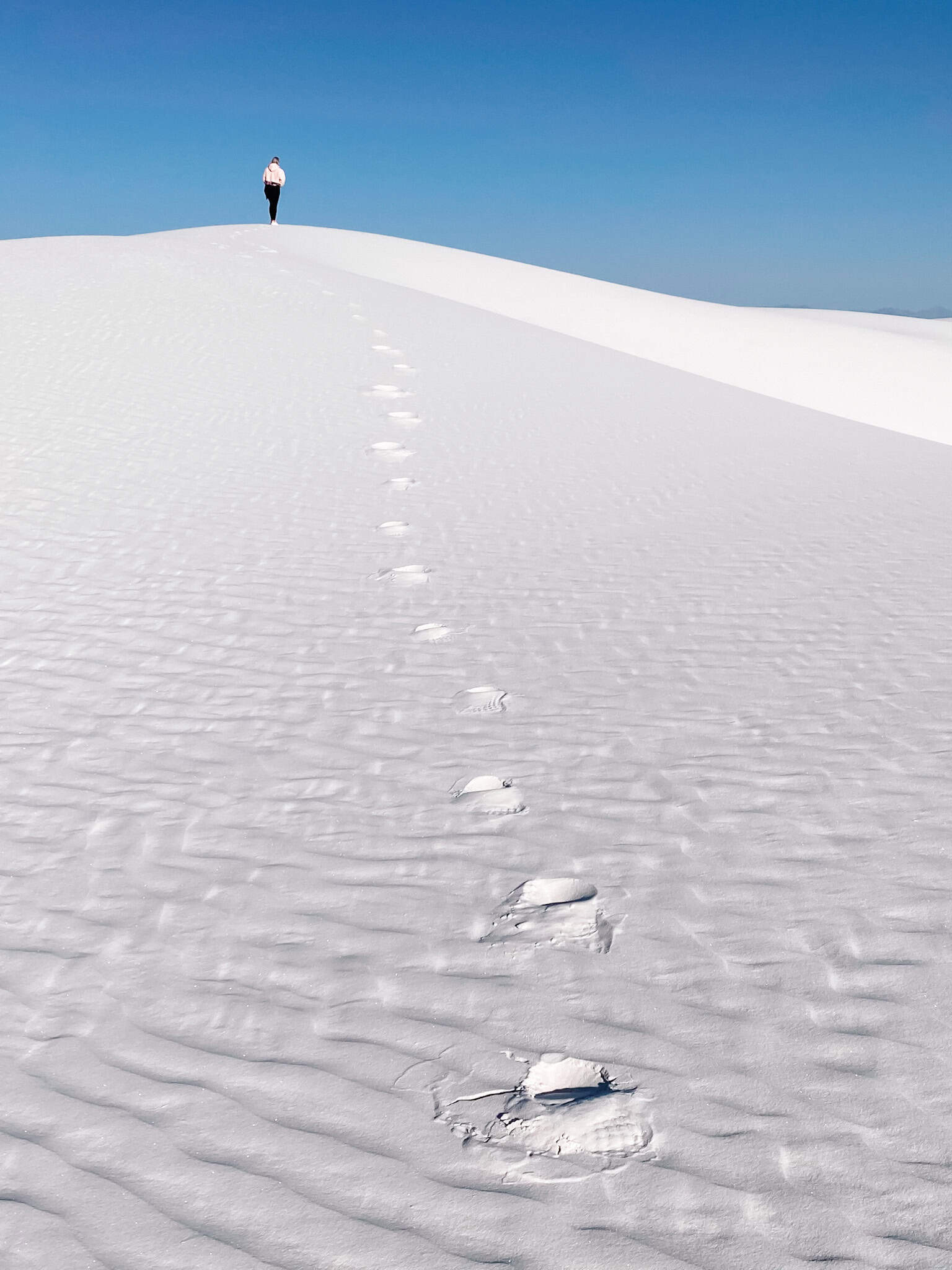
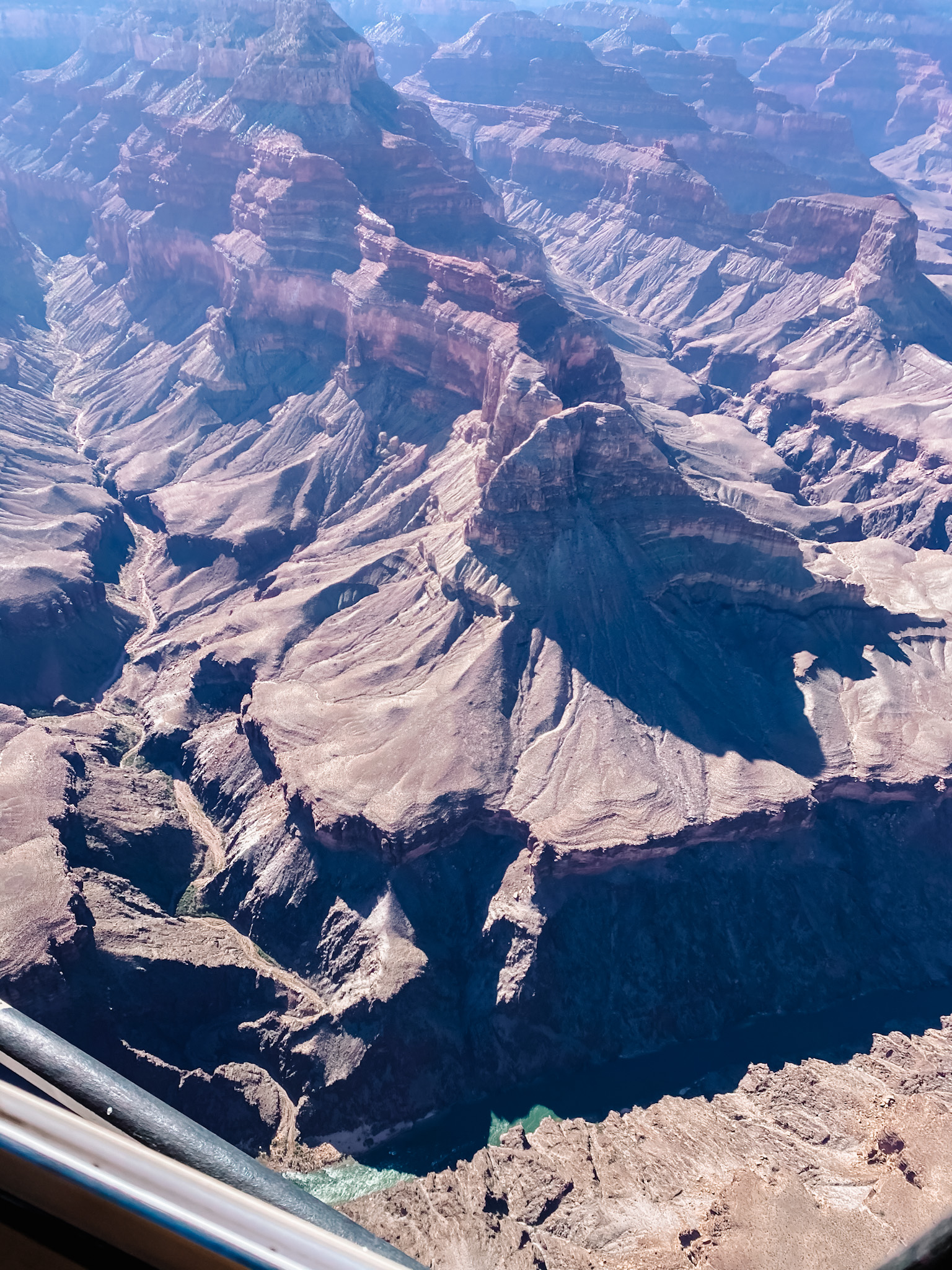 Helicopter Ride
Helicopter Ride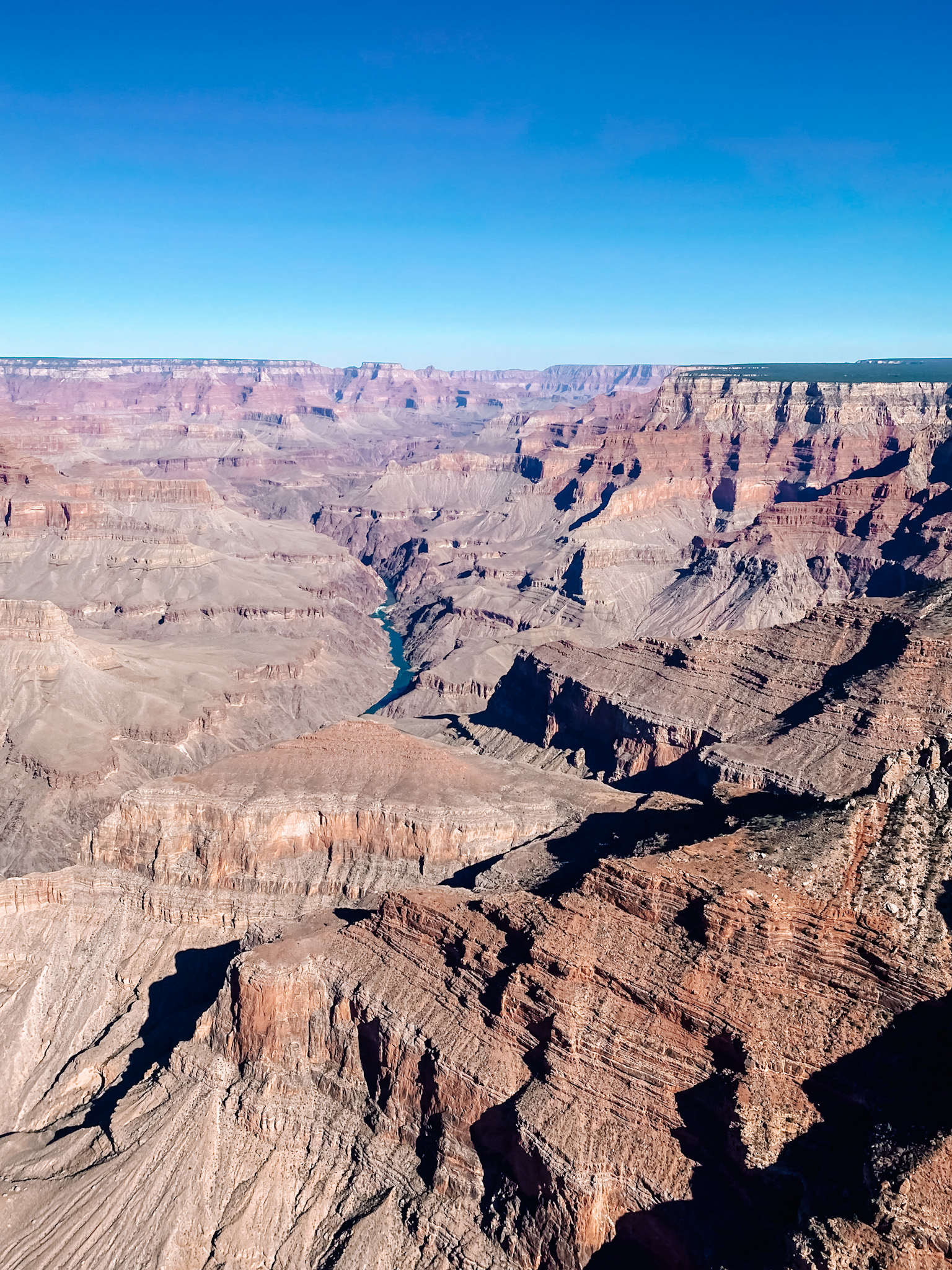 Sunset
Sunset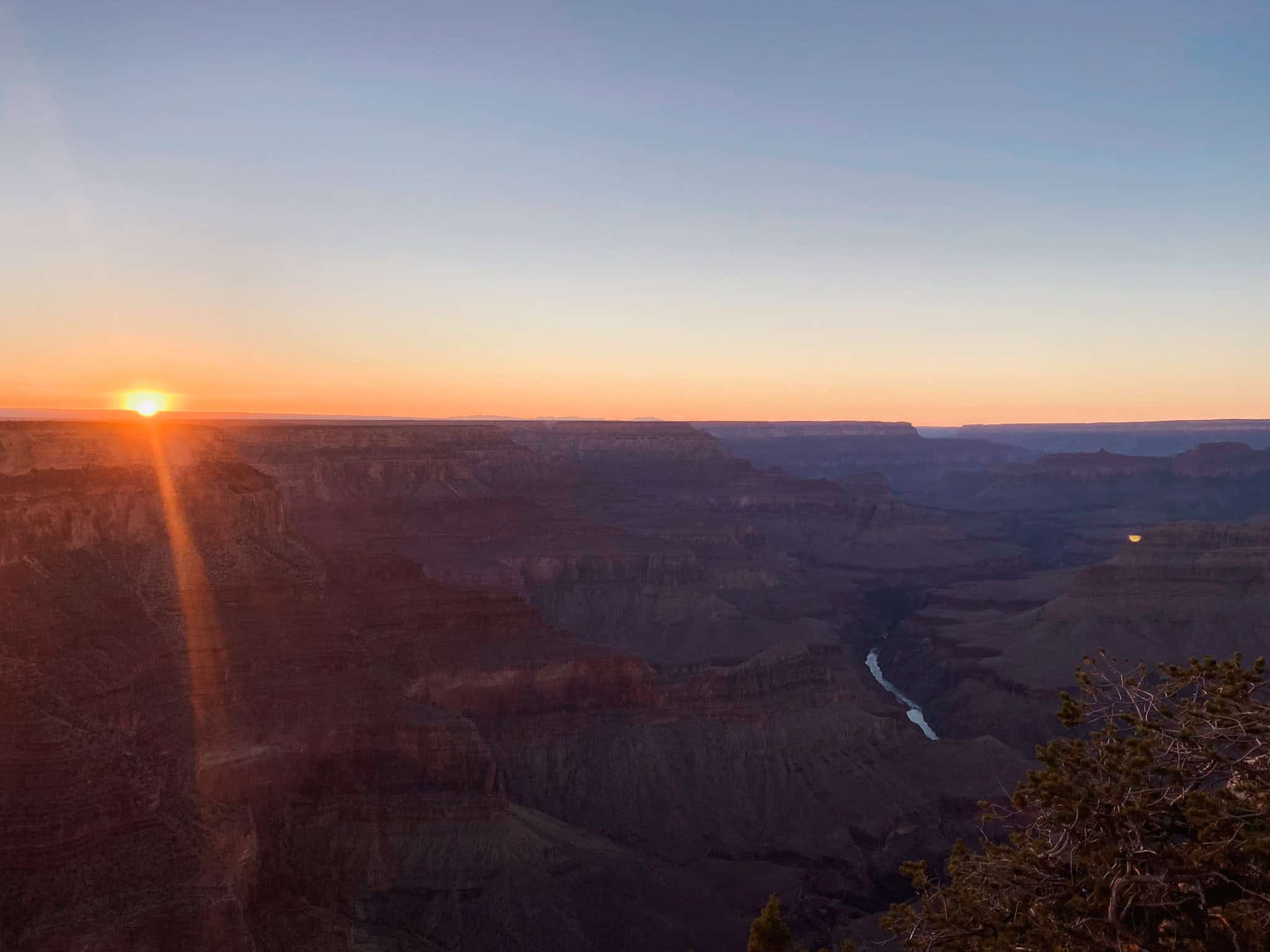 Sunrise
Sunrise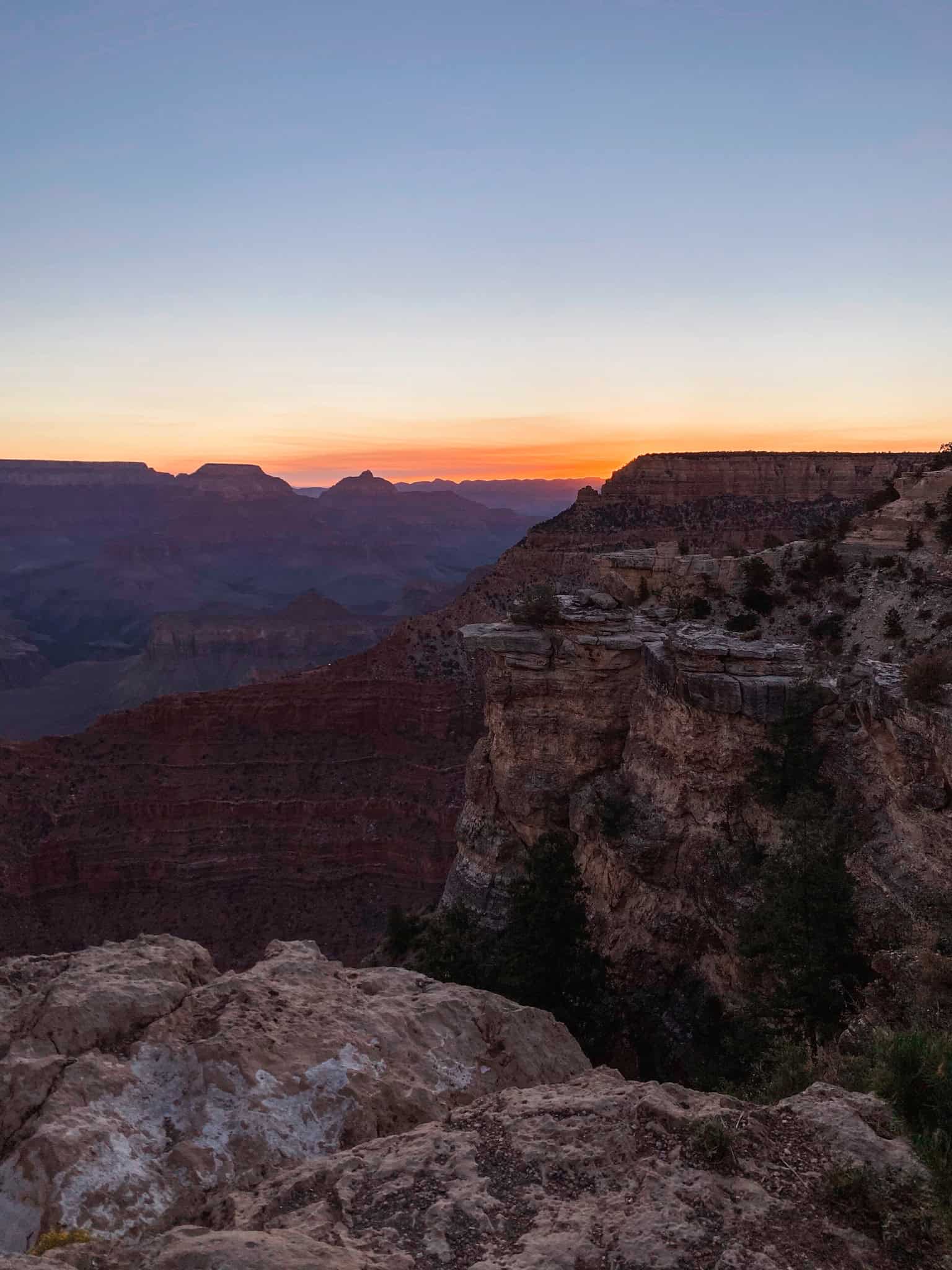 Bike Rental
Bike Rental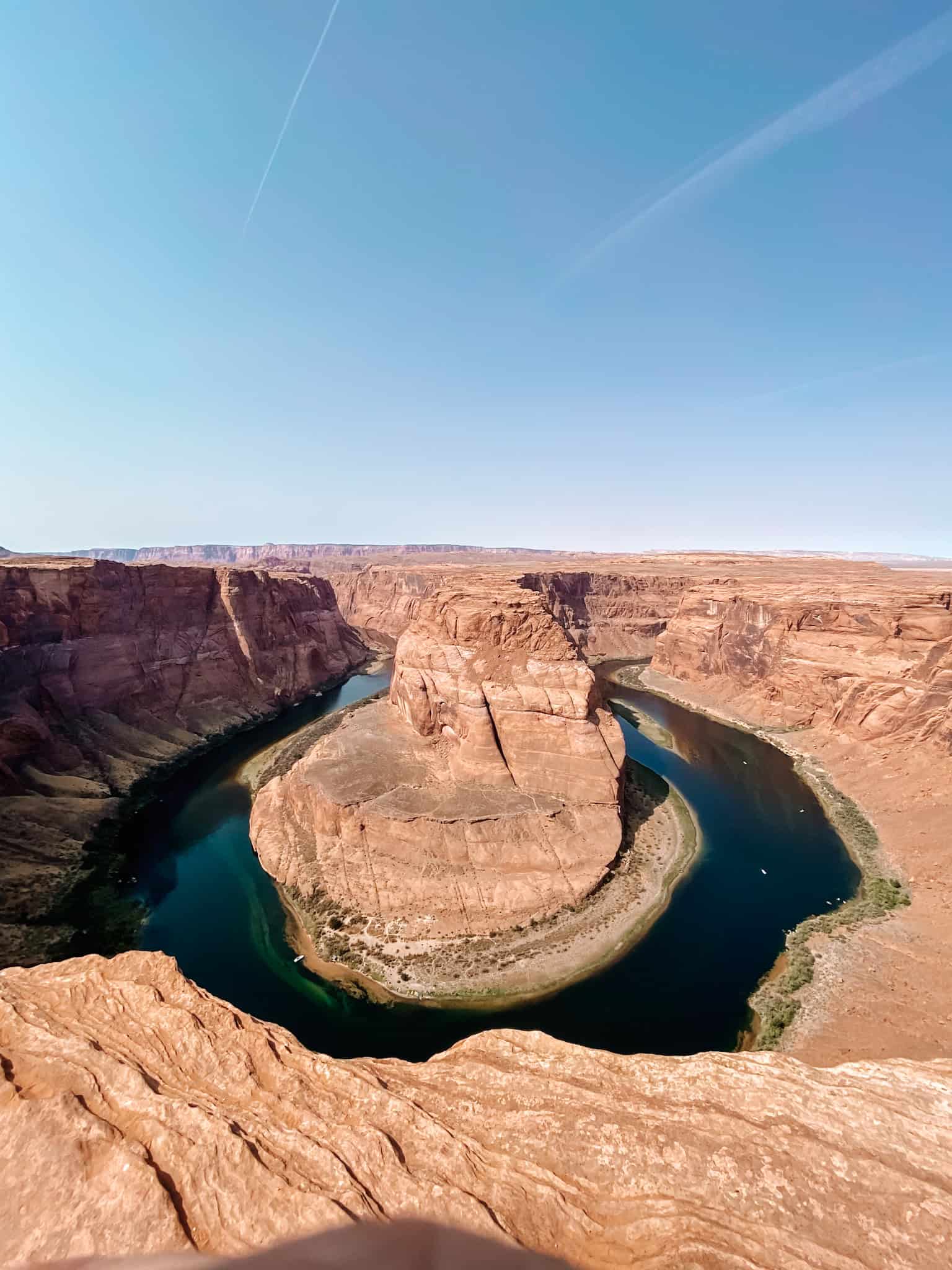 Horseshoe Bend | Arizona
Horseshoe Bend | Arizona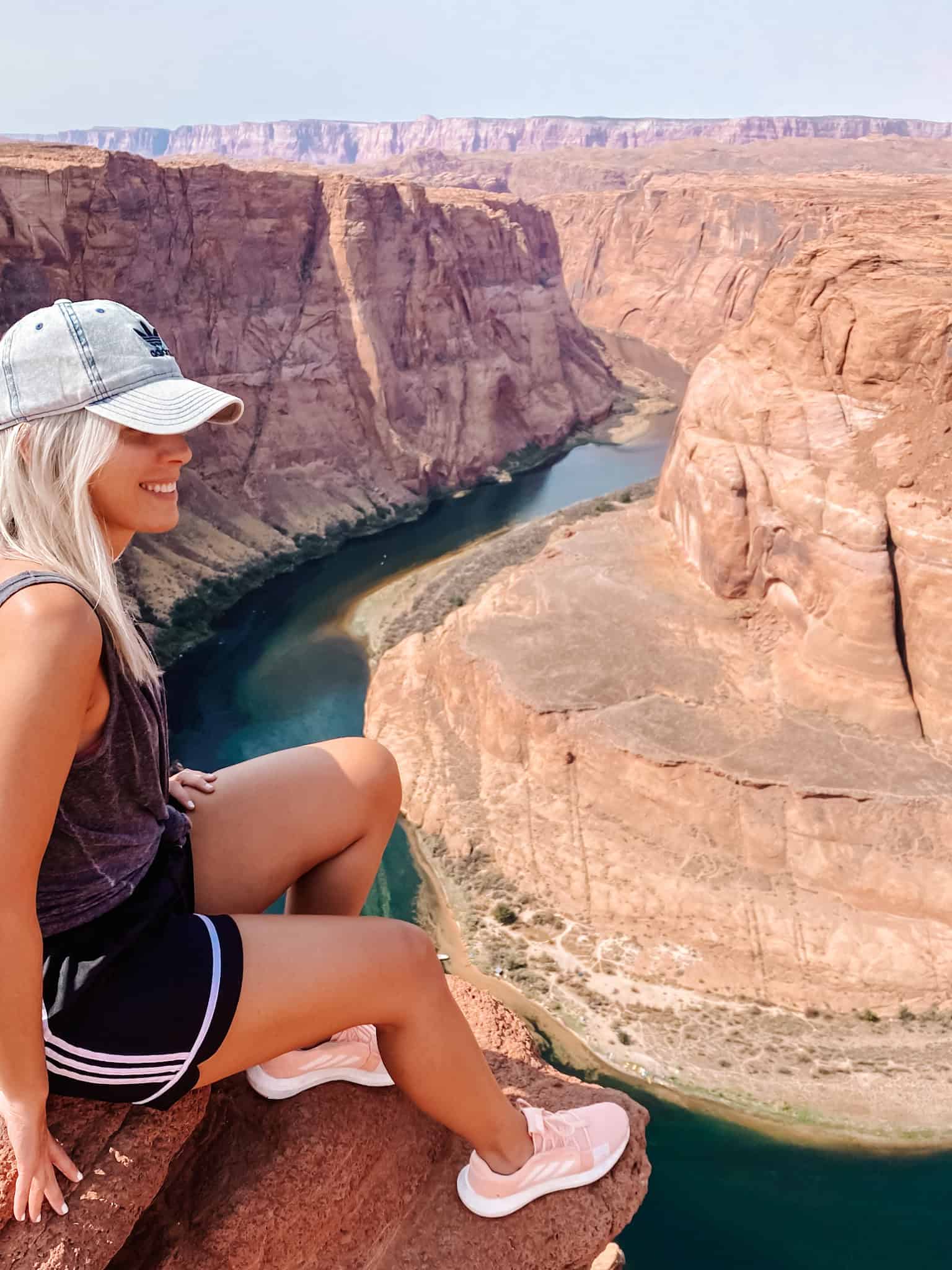 Antelope Canyon | Arizona
Antelope Canyon | Arizona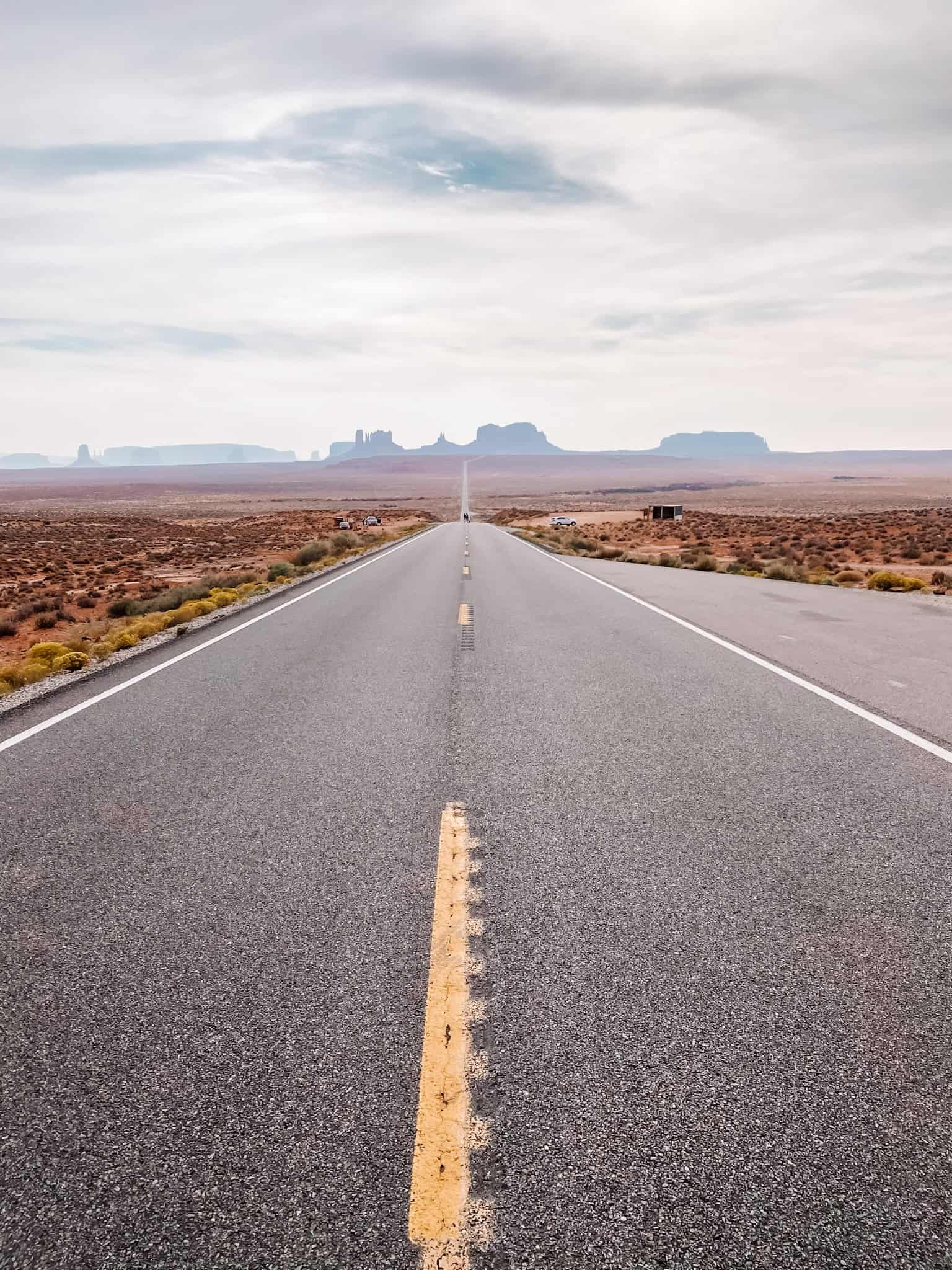 Oljato-Monument Valley | Arizona
Oljato-Monument Valley | Arizona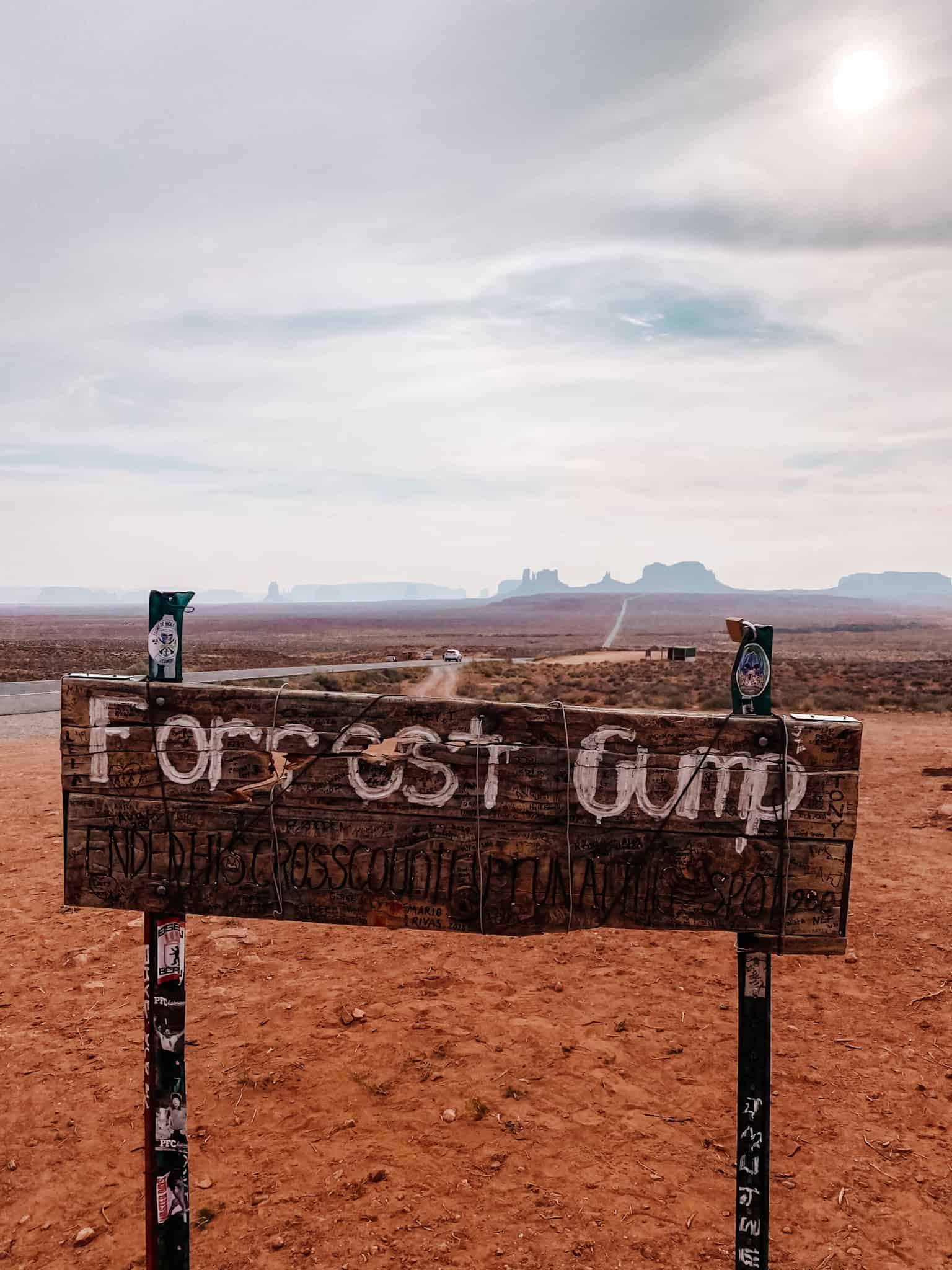 Zion National Park | Utah
Zion National Park | Utah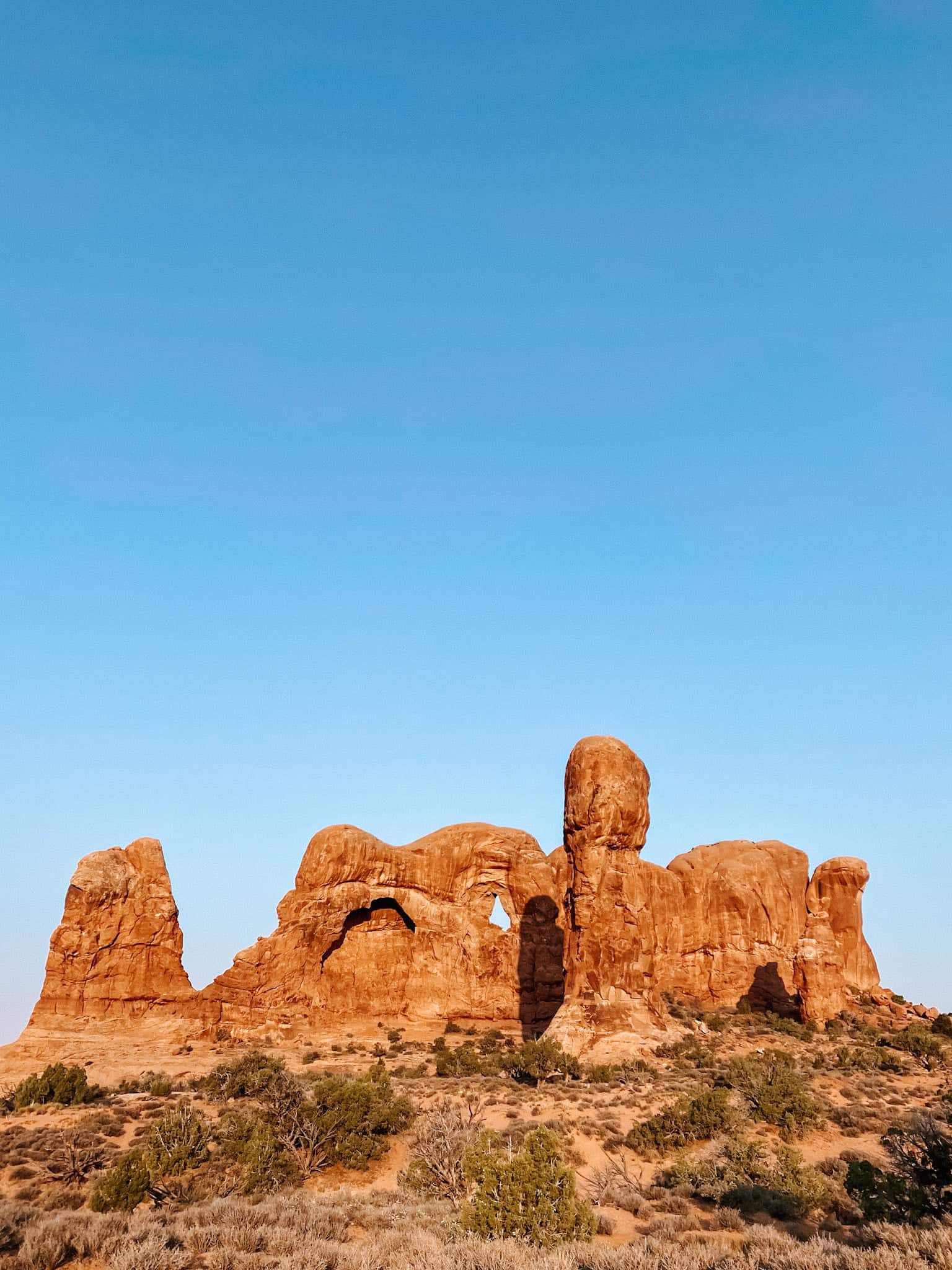 Arches National Park | Utah
Arches National Park | Utah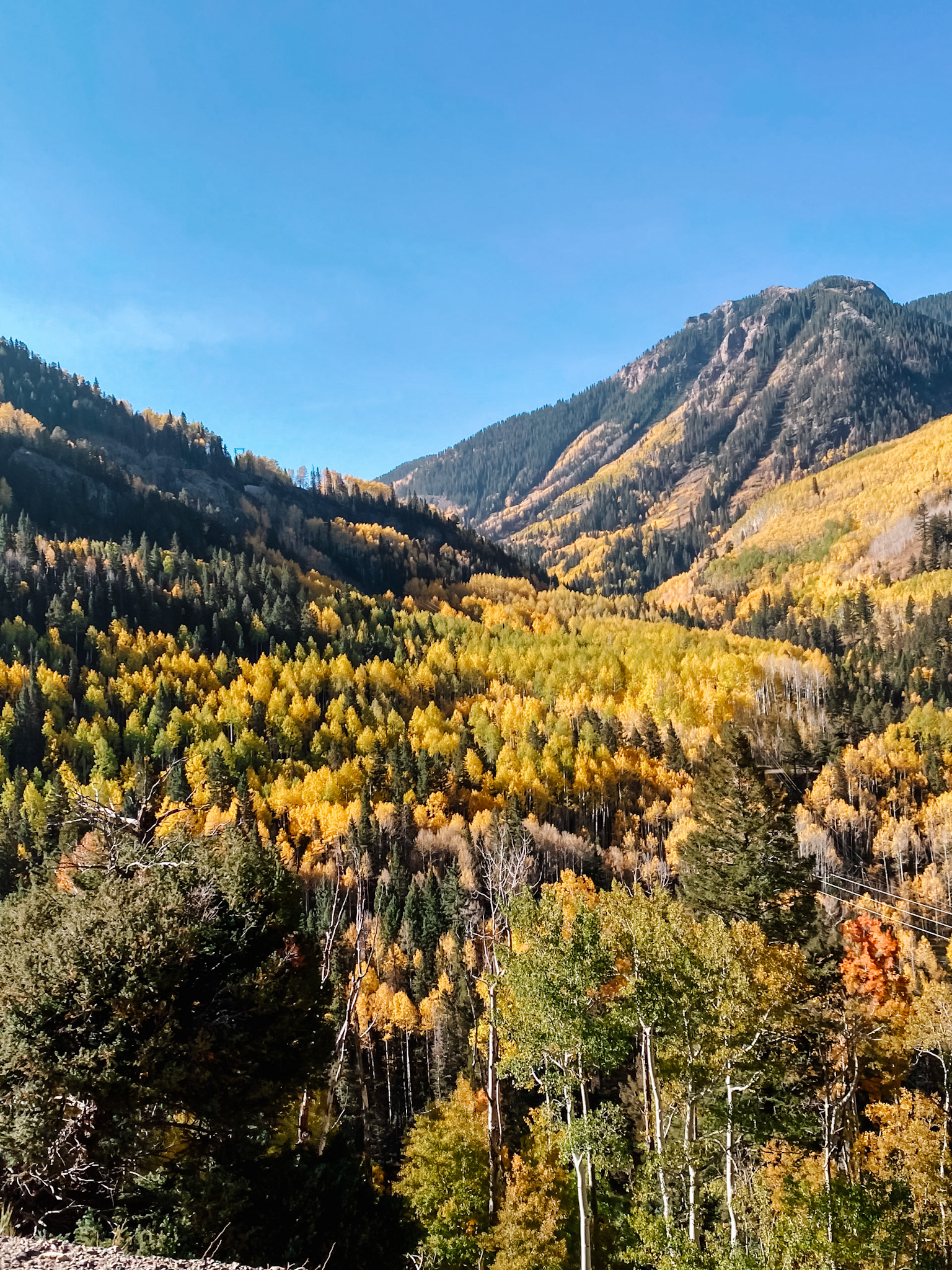 Telluride | Colorado
Telluride | Colorado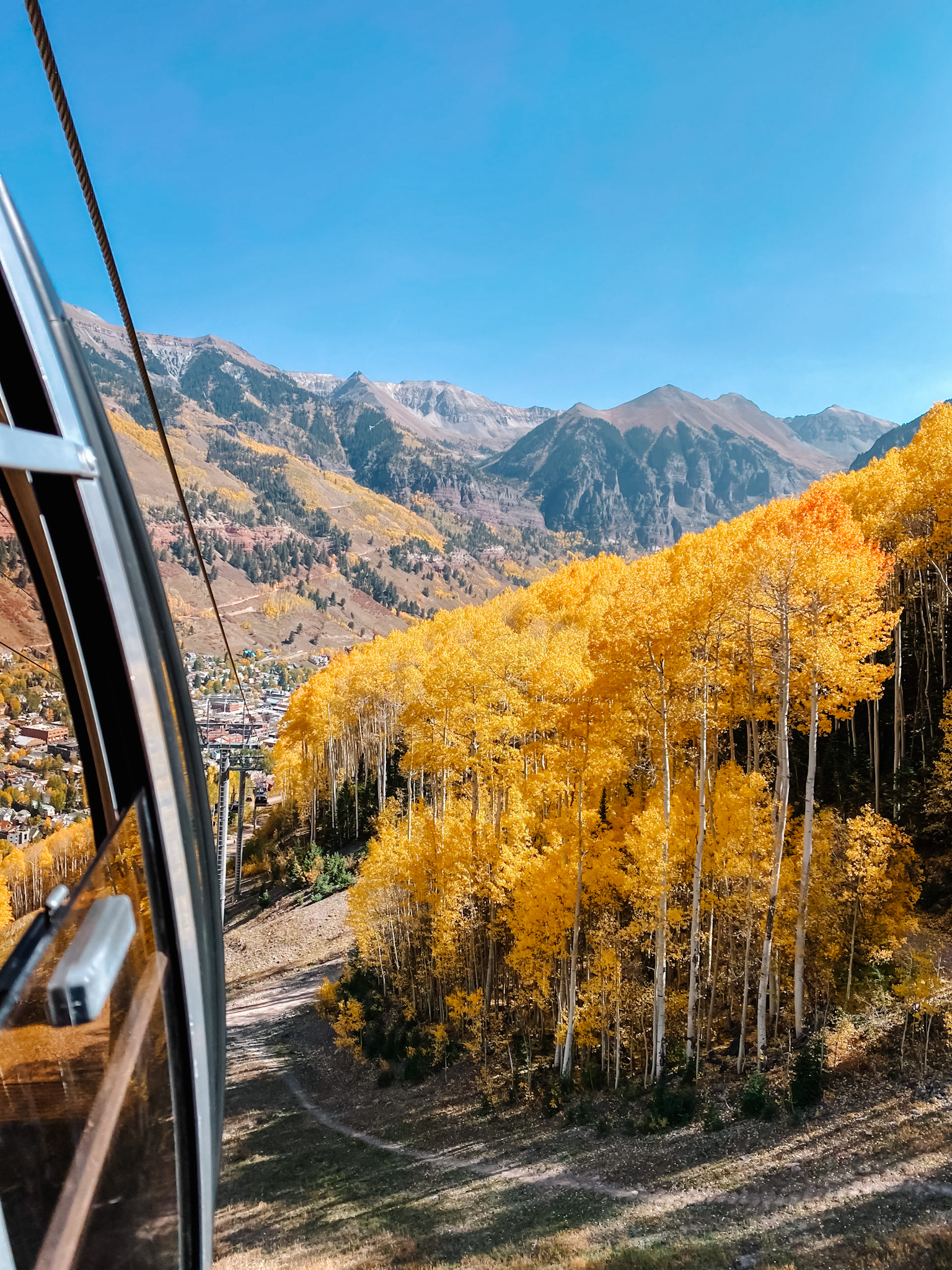 Ouray | Colorado
Ouray | Colorado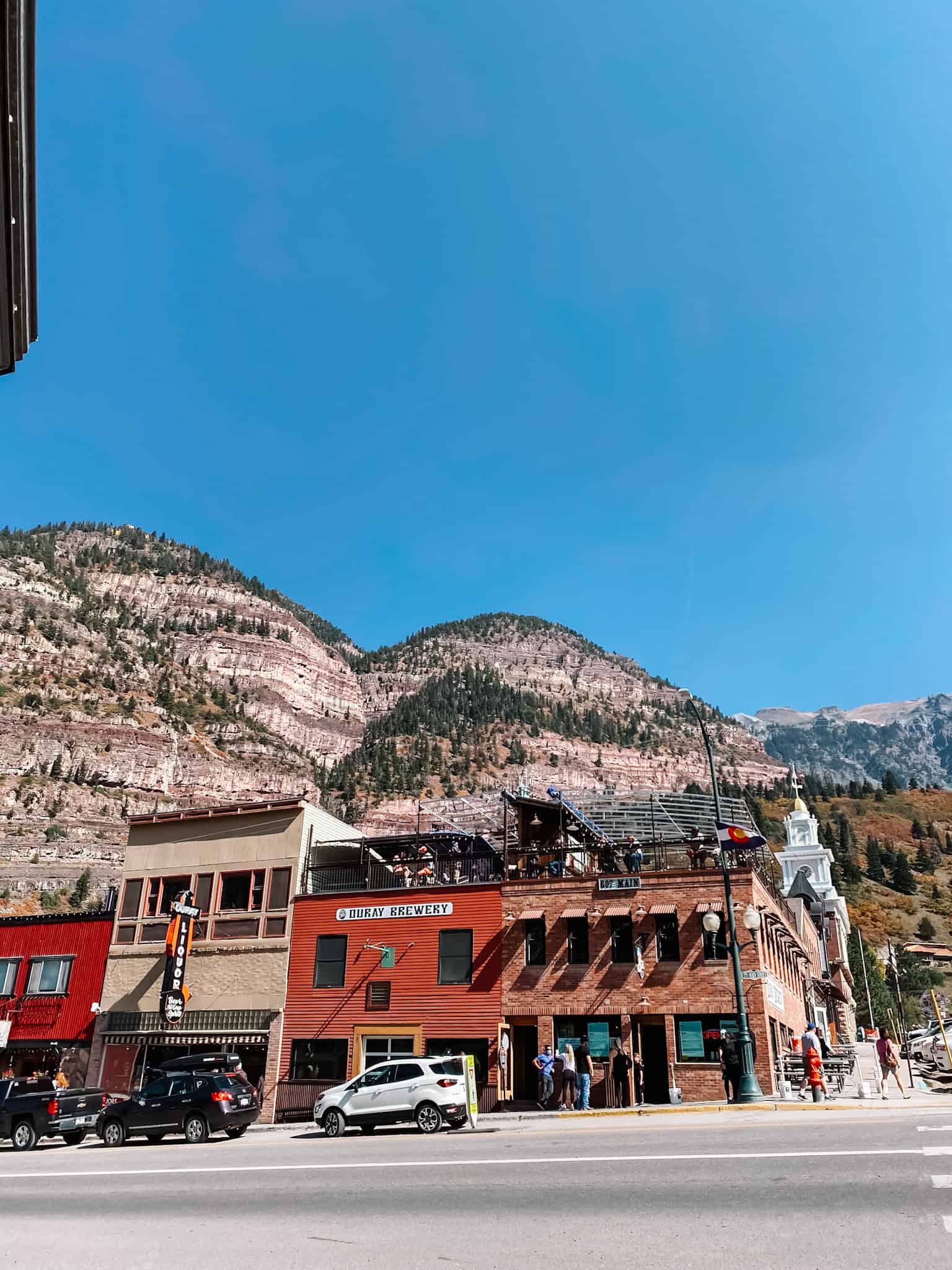 Million Dollar Highway | Colorado
Million Dollar Highway | Colorado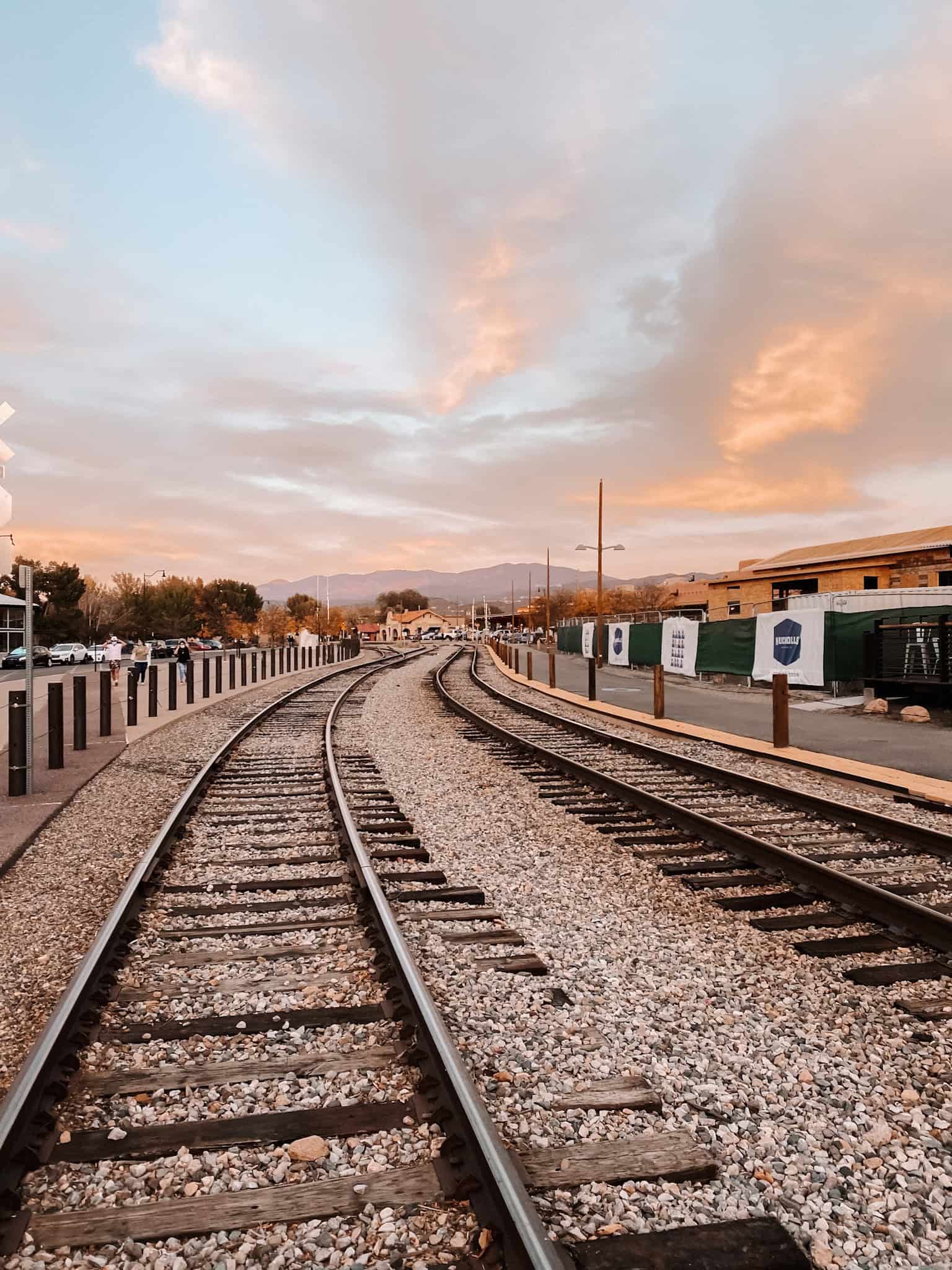 Albuquerque | New Mexico
Albuquerque | New Mexico